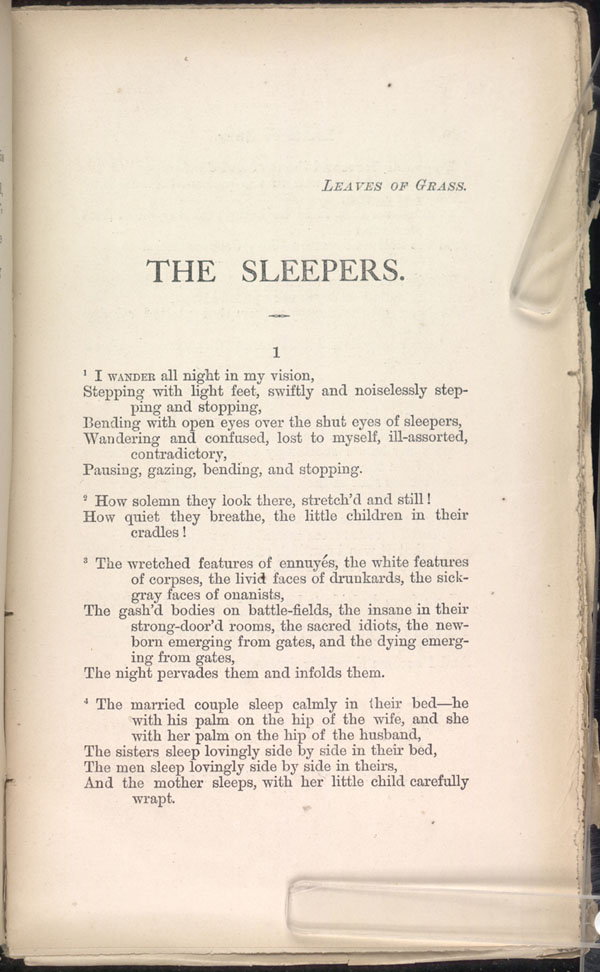ScavengersStudio
Scavengers joined
Founded in 2015 in Montreal, Scavengers is an independent video game studio bringing together a diverse team of daring creators.
Hello fellow travellers!
Welcome back to our monthly blog posts, where we’ll be looking more in-depth into Season: a letter to the future – and peek behind the curtain to see what inspires our team. We’ll use this space to tell you more about our world, our characters and the talented team of individuals working on the game.
In this month’s instalment, we have our answers from our last developer Q&A! You submitted questions to us and we have some answers! Take a look!
1. Why did you decide to change the game’s title and the font of it?
Season is a super common word, so it’s hard to find in the store (“season pass” and the like are hard on SEO). We felt we needed to make a change so that the community could find the game on selling platforms. It was a very practical problem!

2. Can we get a full track of the opening song in the original trailer?
Our music composer is currently working very hard on the final stages of mixing and mastering. The track of the opening song will be shared in the coming weeks in this Discord server. We’ll provide a secret link for the community. Stay tuned!
3. Season’s visual and narrative design pulls from a variety of places for inspiration, how do you make sure these different perspectives are incorporated evenly?
The world of Season comes from a variety of sources! The creative team were inspired by real-life encounters with people they met while traveling around the world. Others were inspired by literature (Octavia E. Butler sci-fi/fantasy novels), or films (new wave Chinese cinema from Bi Gan, documentary filmmaker Wang Bing, Taiwanese filmmaker Tsai Ming-liang) to shape the game.
We also have a Diversity Advisor who was brought on board to work on the game. They help ensure we are developing the game with a variety of perspectives in mind. Our workforce also consists of 46 employees and our ratio is quite interesting for a small Indie Game company. We count:
- 12 women, 1 non-binary employee and 29 men
- 14 of our employees are member of visible diversity
- 20 of our employees were born outside of Canada!
Finally, we have two core beliefs for the world of Season.
- We want the game to be a celebration of cultures, to create a varied and realistic world that pulls from a variety of different sources. A layered and lived-in experience.
- We also want a sense of wonder & curiosity, since the audience is global. wherever you’re playing, we want players to discover a new way of thinking or looking at the world. Replicating the feeling of seeing something through new eyes.
4. What does the team think of the owyr9f8yhq2w “cult”?
It’s a really funny idea! It’s so nice to see the community engaging positively with the game in that way. A few people in the community thought the poll was rigged in the favour of Toupet but it was just how the numbers ended up in the end when combining Instagram and Twitter results together. Everything is so secret, it’s natural that people will try to come up with these “cowspiracies.”
The owyr9f8yhq2w cult might not be real, but we still love owyr8f7yhq1y.
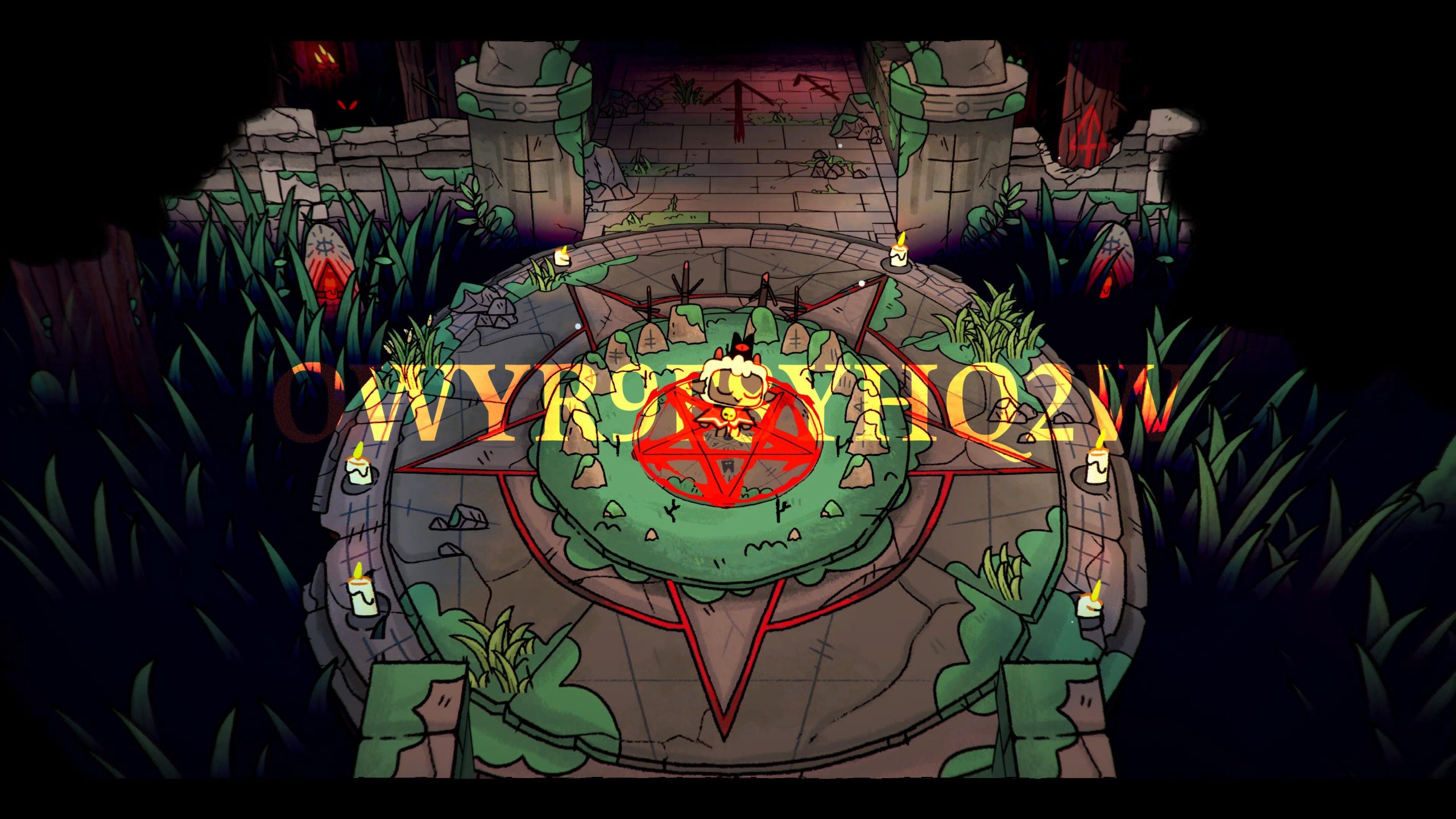
Caption: Cult of the Lamb
5. After completing the game, will the player be able to watch back and listen to all of their recordings?
This feature is not available for the moment, but it’s something we’d really like to plan post-launch.
6. Which earthly places inspired Season‘s landscapes the most?
Many earthly places inspired the team: Spain, southern Italy, Scotland (amazing for swamps), Vietnam, China and Japan provided great inspiration. Chinese director Bi Gan’s first feature film, Kaili Blues, was also a major inspiration for the team.

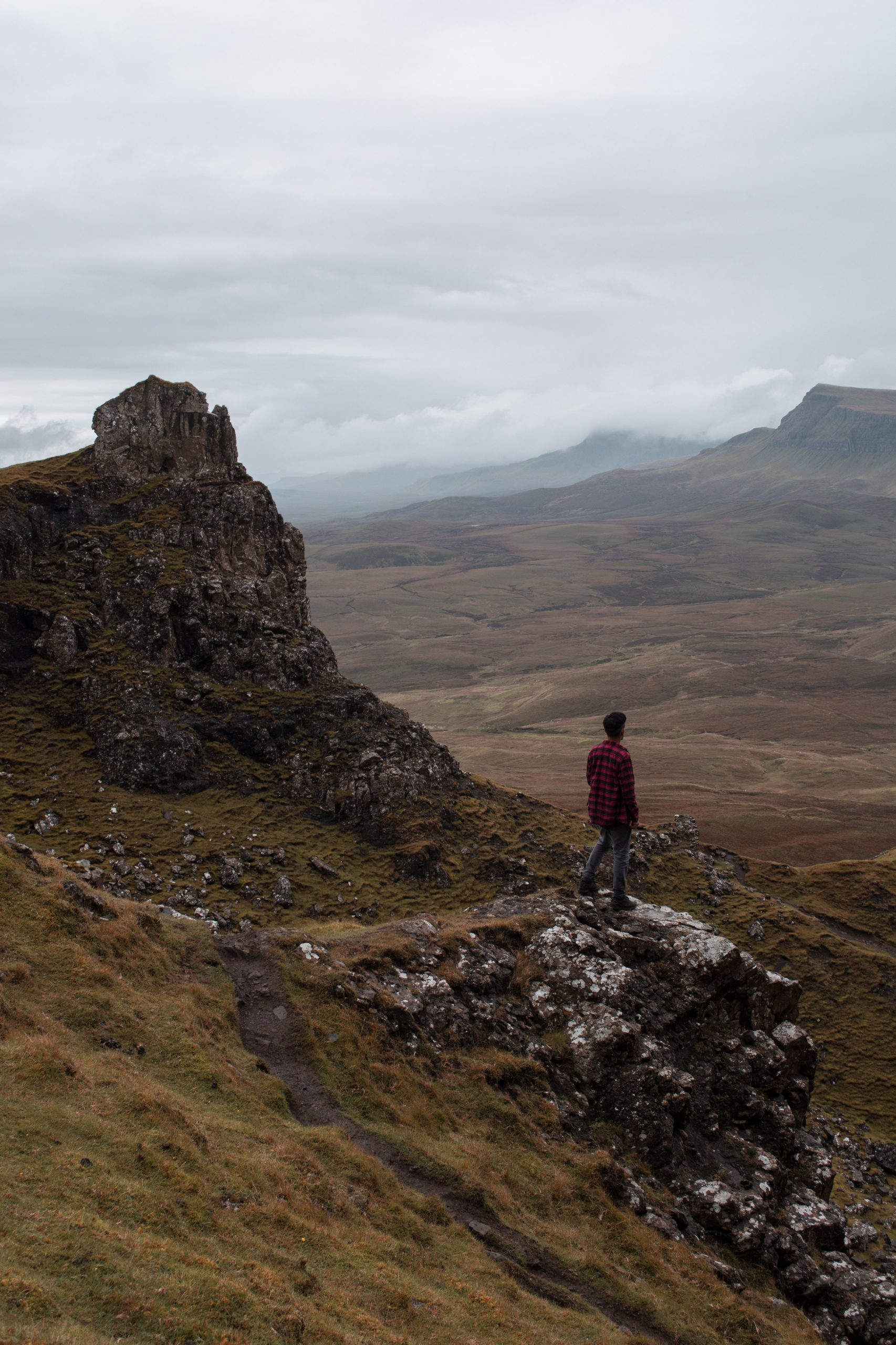
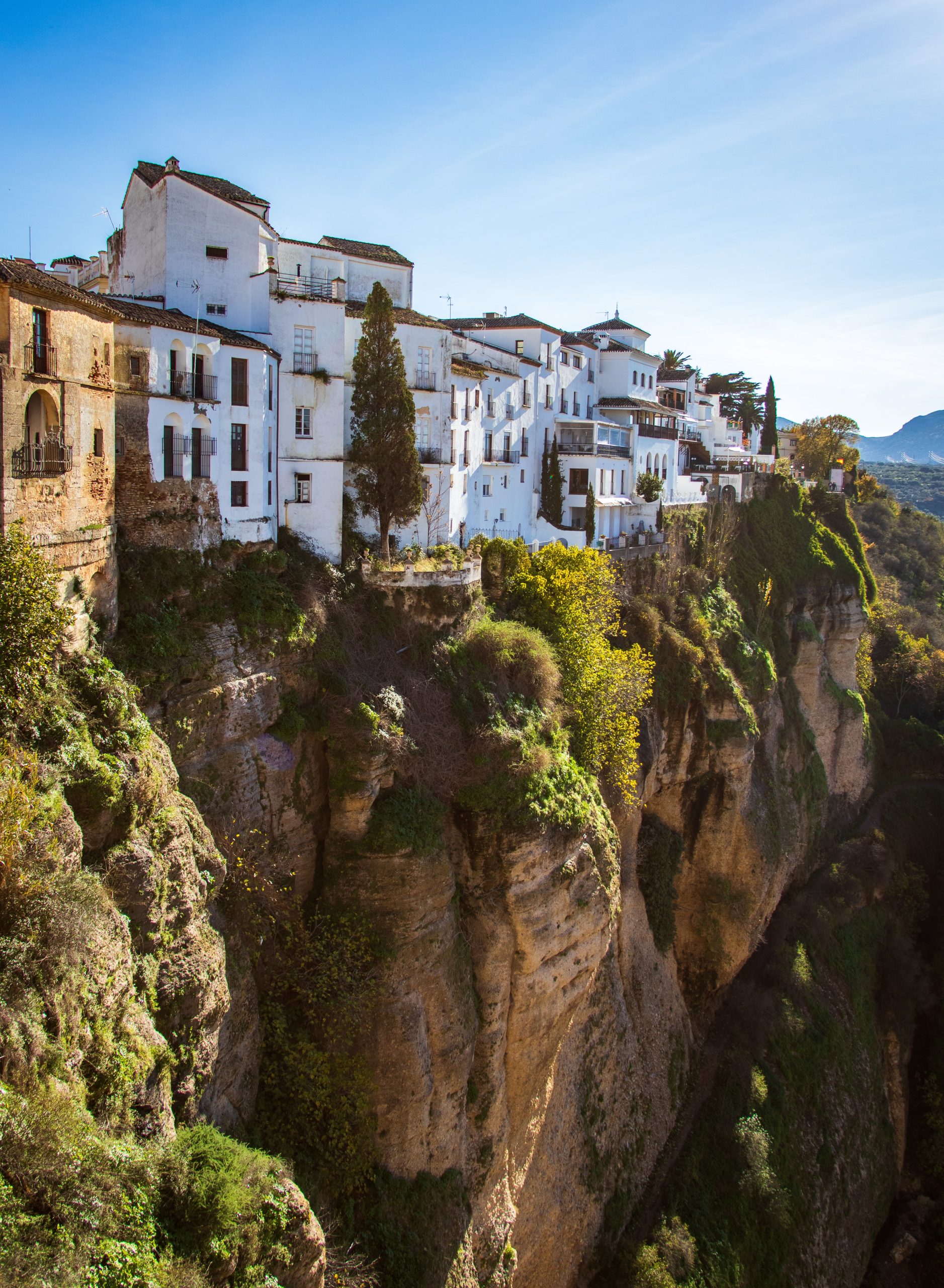
7. How populated is the world of Season? Is it hard to find NPCs, or will we see them everywhere we go?
There are NPCs in the game that are part of the main storyline. Estelle does travel alone for a while but when you meet the NPCs you will see how they are preparing for the change of the season.
8. Does the game have a Photo Mode?
The game does not feature a photo mode. However, photography will play a big part in the game and will be used as a tool to unlock its mysteries.
9. What is the name of your favourite cow in the game?
We ran an internal poll and the results speak for themselves:
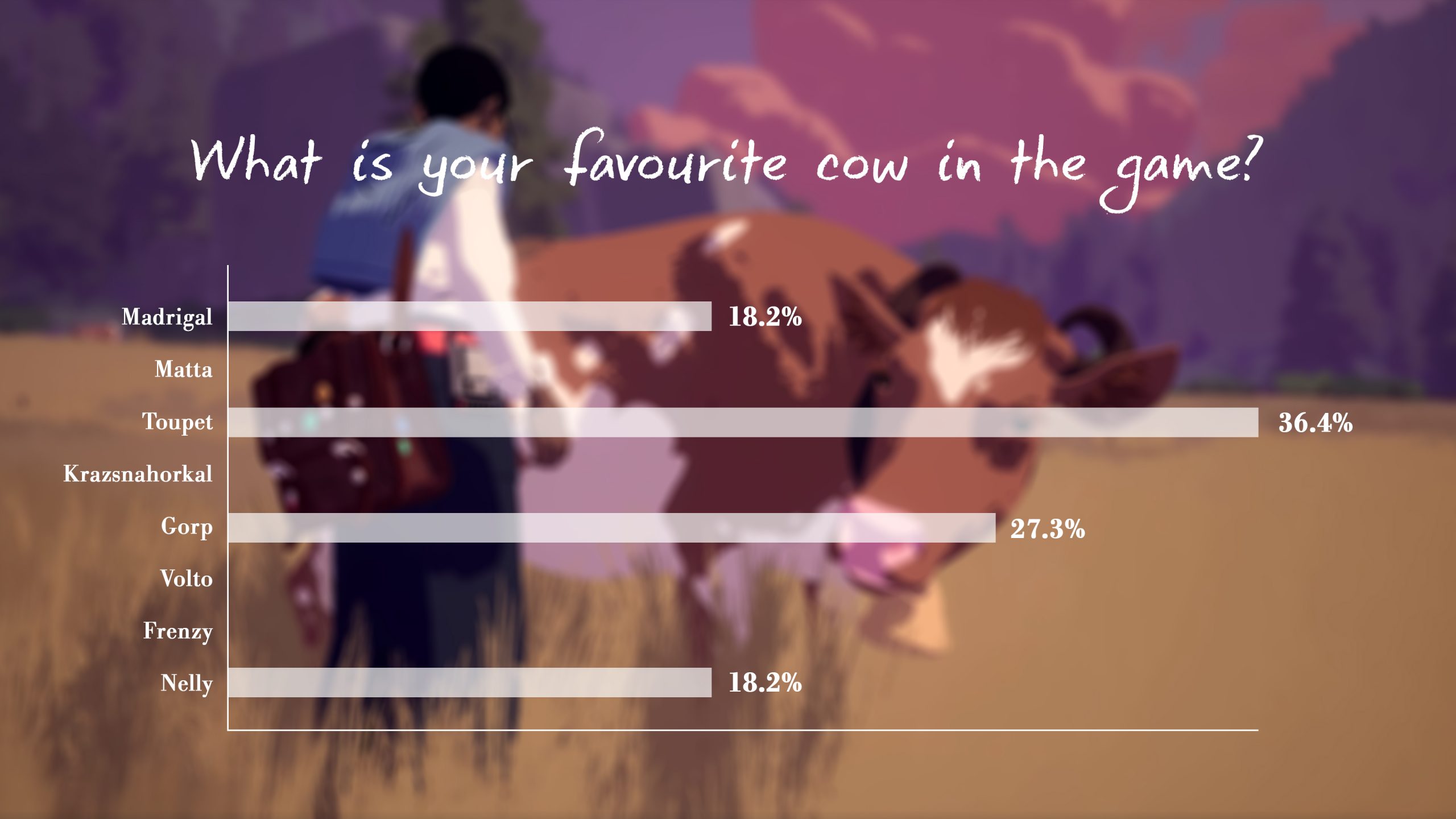
Toupet forever. <3
10. Do you plan to publish a demo or something playable?
We do not have a demo ready or planned right now as we speak, but we’re trying really hard to publish one before the game launches. Stay tuned!
11. What is your favorite ice cream?
We did a quick survey with the team and came up with a variety of answers:
Cookies N Cream, Vanilla, Soft-Serve Chocolate, Pistachio, Chestnut, Saba Tappei, Ben & Jerry’s Chunky Monkey, and Lavender Honey!
12. How personal is Season, is there a part that is a reflection of you or your experiences?
From the lead writer:
A lot of moments, stories, and observations from my actual life made it into the writing, but there’s also many parts that I absorbed ambiently or came from books. There’s a peculiarity to real stuff; a surprising element or a contradiction. Inspiration is electrical/associative/nonlinear so I didn’t sit down knowing who or what I would elegize in the writing. I can see it now though.
13. What’s the process of conceptualizing a character and bringing it as a lifelike character in-game?
In the early days of Season’s pre-production, when we were still trying to establish the overall world look and feel of the game, we did a lot of experimental concept art of both environment and characters. Please take a look at this blog post published in February to learn about the process.

14. Is the game fully voiced? Who is in the voice actor cast?
All conversations with the cast of characters you will meet in the world will be voiced. The available languages will be English, French and Japanese. The voice actors/actresses cast in the game will be unveiled in the coming weeks, stay tuned!
15. What are the accessibility features that are going to be included with the game?
We know how important accessibility is to players (and it is very important to us too!) and we want to make Season available to as many players who want to experience it as possible.
We’ll have a more concrete answer and specifics closer to launch, and we welcome ideas or feedback that could help more people step into the world we have created.
Thank you for taking the time to read our update! We’d love to hear your thoughts on our Discord, where you can talk to the developers, share your own inspirations, and learn more about Season.
Don’t forget that we also have a newsletter that will share some different information you won’t get in our blog posts! In our next update, we’ll be talking more about “what is a season”!
Be safe in your journeys, and never forget.
With love,
Hello fellow travellers!
Welcome back to our monthly blog posts, where we’ll be looking more in-depth into Season: a letter to the future – and peek behind the curtain to see what inspires our team. We’ll use this space to tell you more about our world, our characters and the talented team of individuals working on the game.
In this month’s instalment, we will chat with Narrative Designer Megan Hutchison about the world of Season, its roots, and what we can expect from it when we explore it soon.
Questions with Megan!
1. Let’s start off with one that lots of folks get wrong, what exactly does a Narrative Designer do?
On Season, the narrative designers do story integration into gameplay mechanics. That is a bit of a wide net that I’ve cast there, but it is easiest to think of narrative designers as the bridge between game designers and writers. We take the words and story that the writer is trying to communicate and figure out how to build it into the world of Season. We do this by creating quests or things in the game to discover along the way.
We are very lucky to have such a small team on Season, and we support each other with the sprints’ tasks. For example, sometimes the writer might want some help figuring out lore that builds off of the landscape, or we might help with integrating accessibility text (subtitles). One of my tasks is ensuring the grammar in the game is Canadian (all the extra u’s and l’s). The narrative designers (there are two of us!) end up doing a lot of different things to support the development of Season.
2. How does a video game tell a story differently to a book? Or a movie? What is it most like?
It can be a bit of both! Games are intermedial products that blend different areas of creation together to build an experience. Narrative games are a byproduct of the media that came before them.
I find that books and movies hold control over the reader. You don’t have much agency as a reader – you can either read or not. There are no choices in where you go or what you choose to learn about; that’s where games differ. In Season, you choose where you go, so you can change the order of what you learn or explore sections to uncover more information. For this reason, a player is often referred to as a “cyborg”; they use the controller as a piece of technology that encodes their intentions for the game character to do. So through the controller, you become a cyborg and have agency.
Dr. Alexander Galloway has a wonderful collection of essays in his book: Gaming Essays on Algorithmic Culture, where he compares video games to movies. Regarding framing the camera, we can see inspiration from filmmaking (and Oli talked about this too in his interview below!). The team looked at their favourite movies to decide how the camera would act within the game.
Any of the narrative scenes are designed the same way as you would a movie. You have a script that turns into a storyboard, and then you animate the characters, add lighting, voice acting, and polish!
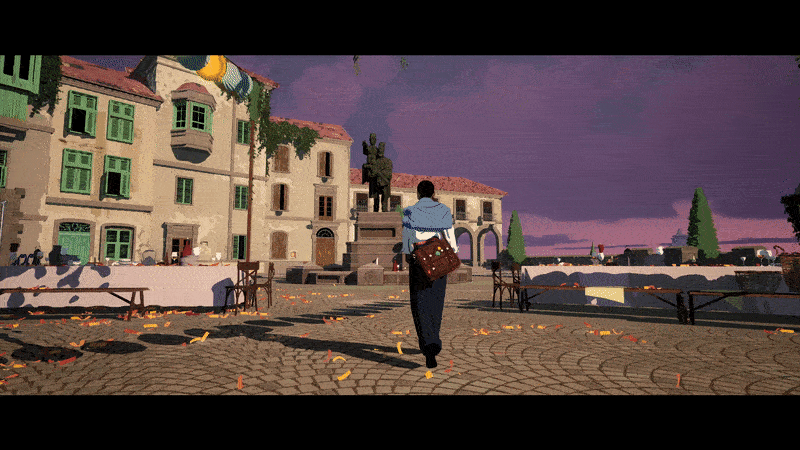 Caption: Season: a letter to the future
Caption: Season: a letter to the future
3. In these blog posts we’ve talked a lot about what inspired Season, what specifically inspired you while working on the game?
I take inspiration from my studies and past experiences. I studied filmmaking in undergrad and worked in a theatre for a while on sound design. Then I did a masters in literature. Now I’m working on Season and doing a PhD in game studies.
The class I keep returning to is one I took for my masters, taught by Dr. Sandra Singer on trauma studies. Which I know sounds dark, but I love dark things. We learned about the collective memory of events, which is best described as a question, like “where were you during 9/11?”. This question for people alive during that time triggers a memory of when they learned of the fall of the towers. For me, I was in school and too young to understand what had happened, but my parents could tell me exactly what they were doing on that day. It’s the idea that events tie us all together, we all have different perspectives of an event, and piecing those together will give us a better view of the moment in time they lived within.
As Estelle meets people, I remind myself that we are writing a story that isn’t egocentric. Estelle is there to show you the world and learn; everyone has a story to tell.
4. Are there any early concepts while developing the game that didn’t make it in but still stick with you?
I had written a lot of lore that isn’t in the game. For example, I really like thinking about death and burials, so I came up with a history of how people were buried in a place that Estelle visits. But none of that made it into the game. Some may think “aww man that’s a bummer,” but I would disagree with that. The practice of writing that lore made me understand the world better, and pieces of it inspired other storylines. Even though an idea isn’t in the game in its original form, it still makes an impact on the story and the team.
For me, that’s the meaning of collaboration.
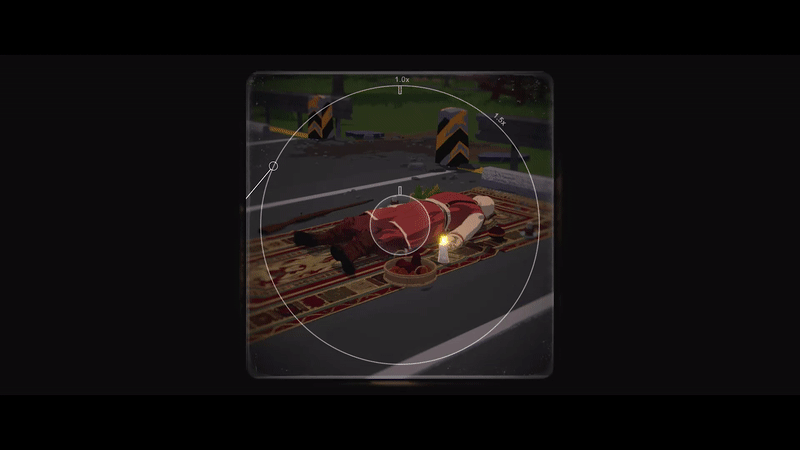 Caption: Season: a letter to the future
Caption: Season: a letter to the future
5. Without spoiling too much, what will players find familiar about the world of Season?
I find the farmlands really comforting and familiar to my life. If you watch our gameplay trailer, you can see the cows, which always reminds me of my grandfather’s farm. I grew up surrounded by these lovely large dogs (the cows act like giant dogs), and caring for them was a lovely pleasure.
With that, the locations in the game have some unique features, but they are pulled from the experiences and places that our team has visited. Some of the fears and stories of the characters are also very relatable to issues we would see in reality.
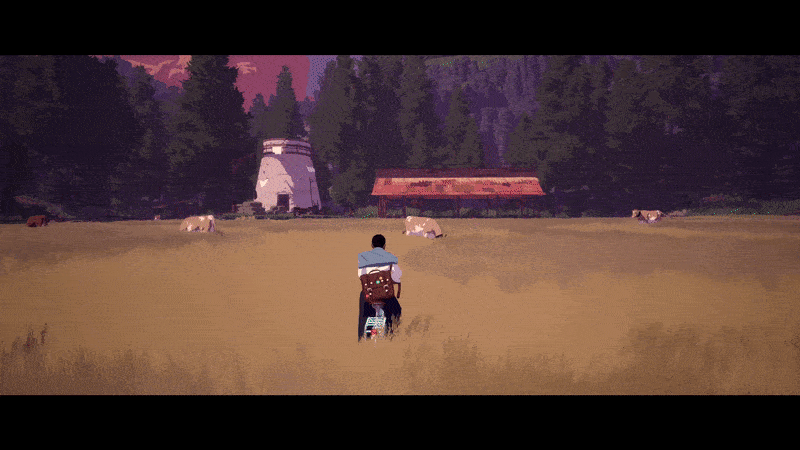 Caption: Season: a letter to the future
Caption: Season: a letter to the future
6. Is there any recent media, games or otherwise, that could have (or did!) inspire Season?
I am very new to game development, so I was given homework by my coworkers to learn more about level design and narrative design. I must say, getting homework to play games is pretty rad.
Oli had me play Assassin’s Creed Valhalla to understand how quest items can be hidden in a space that makes them not obvious but also work in the scene. He explained it as a radius of a location. Items should be placed by importance, with the least important items placed further away from the middle. For example, when approaching an area, a narrative item far away should introduce the quest, but it needs to be placed where it is framed by a player entering the area. Then the key to the quest is in the middle, encouraging players towards the pivotal point.
There are other games I looked to for guidance as well: Sherlock Holmes Chapter One, to understand how a mystery can be set up. Tell Me Why for emotional storytelling. Outer Wilds for world-building (I managed to permanently die in this game while streaming to the studio…). Finally, Disco Elysium for the gold standard for dialogue.
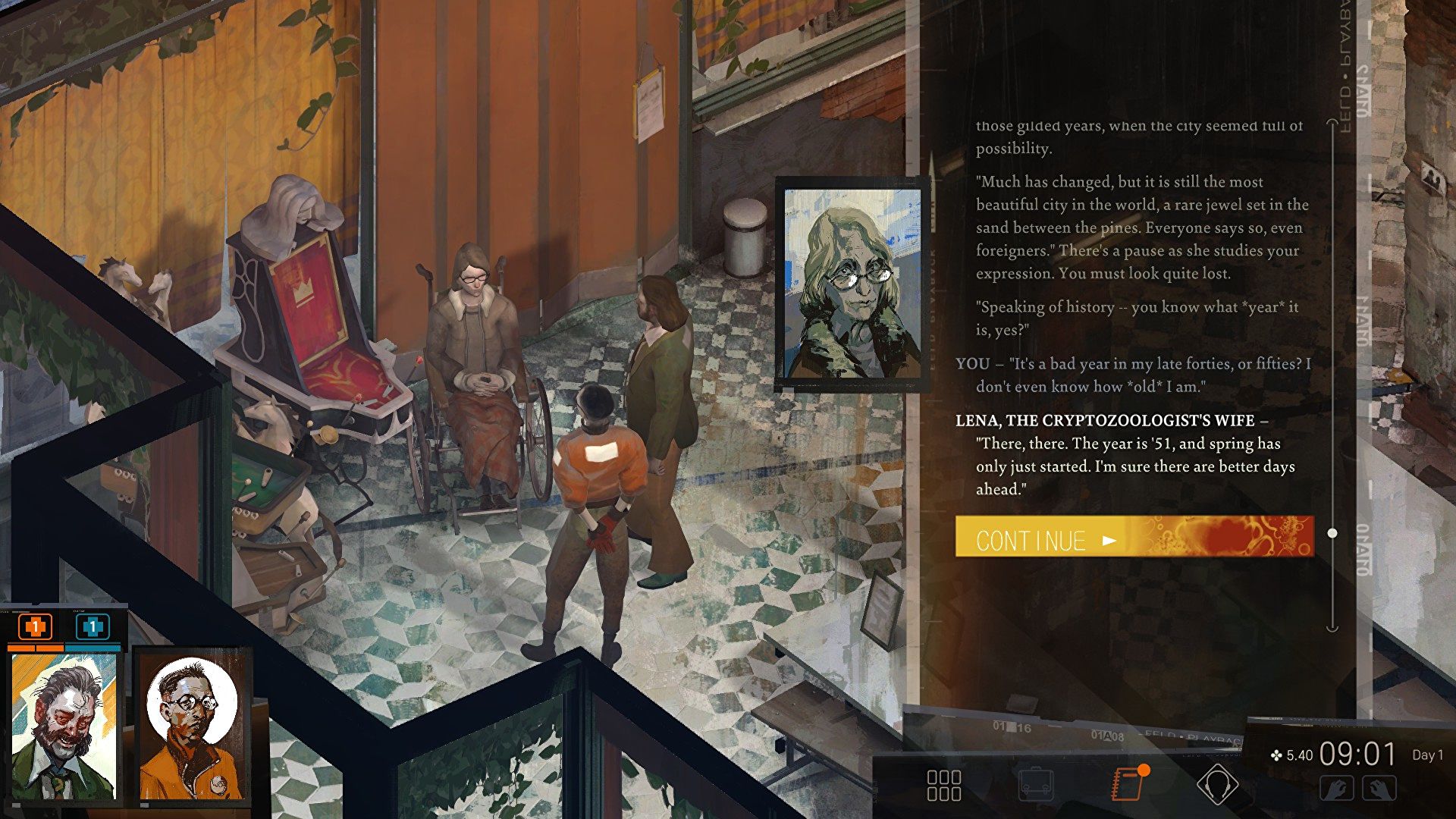 Caption: Disco Elysium
Caption: Disco Elysium
7. The world of Season is vast and rich, with a storied history. Is there any little tidbit or teaser that you love that you can share?
The Season’s history is based on the ages of our own world. We tried to base the way of life in each of these ages on what happened in our reality.
8. For any aspiring (or current) Narrative Designers that might read this, what is one piece of advice you might offer them?
Find mentors to support you. I am extremely lucky to work at a studio that listened to my interest in narrative design and took a risk on the community manager to teach her about things like how to use the Unreal Engine, and everything else that goes with game development.
My other piece of advice is to keep reading. I have a background in academics of games, and you can learn a lot from reading about game development. There are a couple of writers that I love, so I’ll tell you all about them. Matthew Thomas Payne inspired a lot of my masters research from his books Joystick Soldiers, and Playing War. For a look at Queer Studies in games, Bonnie Ruberg is your person, their book Video Games Have Always Been Queer is a great place to start. If you are more interested in learning about ethical choices in games, then check out Miguel Sicart, and start with Play Matters. Finally, if you want to look at gaming cultures, Mia Consalvo is your researcher. Her most recent book Real Games: What’s Legitimate and What’s Not in Contemporary Videogames, looks into gamer cultures of what we consider to be a “real game” or respectable to admit to playing.
Finally, leave your ego at the door. No matter your background, you will always have something to learn from discussing ideas with your team. Find that supportive environment and steal all the wisdom that you can.
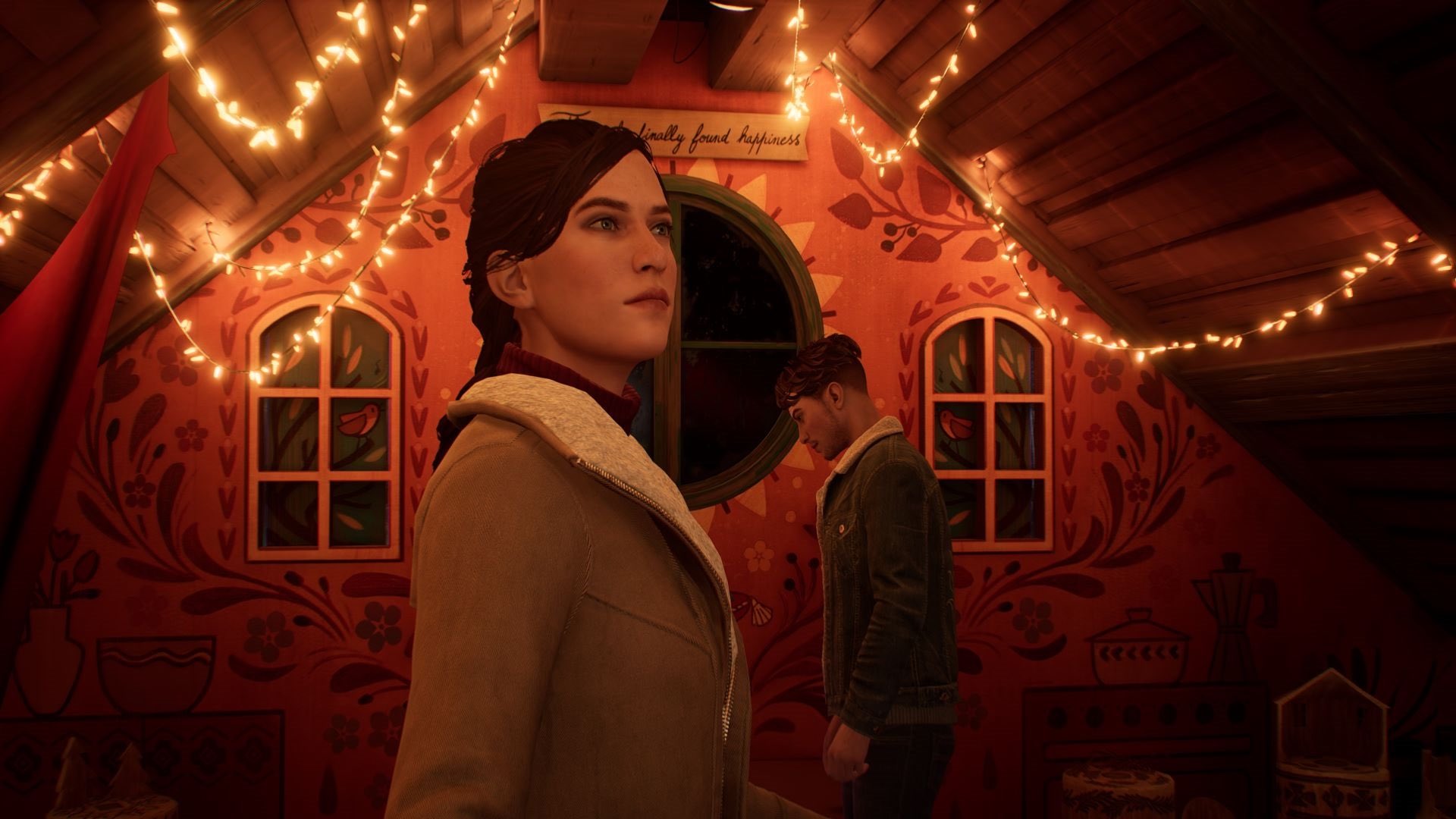 Caption: Tell Me Why
Caption: Tell Me Why
9. What in Season feels most like home to you?
When I started to work on Season, I made a big move from Brampton to Montreal. I had been living in isolation with my family, surrounded by all I knew. It felt like I was breaking this safety bubble and what I knew to head into the unknown. It was the first move I made to be a real adult and live alone. As I worked on Estelle’s story, I felt comfort in this woman going off to explore the world for herself.
10. Is there any place, or person, in your life that directly inspired your writing on the game?
I mentioned my grandfather earlier. As I write, he keeps popping into my head. He grew up in Paraguay on a farm and went by horse to school. In his youth, he was an engineer aboard a ship, travelling around South America. He did many things before settling in Canada on the Ontario / Quebec border and became a farmer. As a child, I would follow him to the barn to feed the animals and then to the workshop. Every time I was in that workshop we would silently work, I would clean up the wood shavings and he would carve me a wooden bowl. I did that with him every time I visited, and he taught me the power of silence and connection.
Sometimes it’s not what you say; instead, being together can make all the difference.
The world of Season is complex, as are the people you meet. I like to think the place we built is one my grandfather would like to explore.
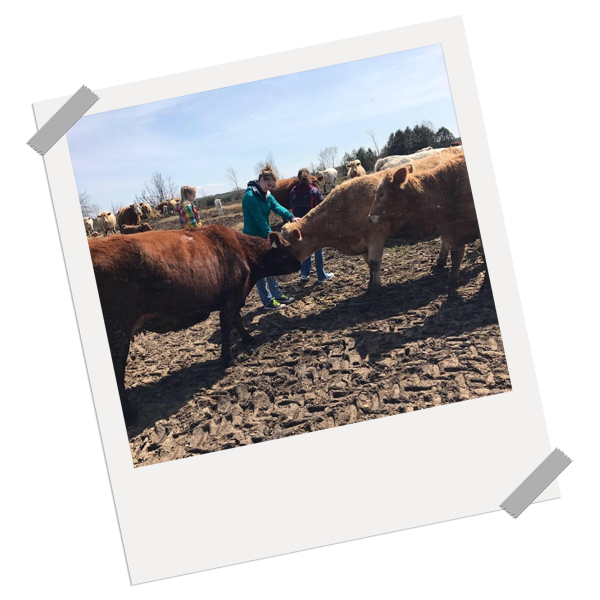 Caption: Megan at her Grandfather’s farm
Caption: Megan at her Grandfather’s farm
Thank you for taking the time to read our update! We’d love to hear your thoughts over on our Discord where you can talk to the developers, share your own inspirations, and learn more about Season.
As always, you can add Season to your Steam wishlist now!
Don’t forget that we also have a newsletter that will share some different information you won’t get in our blog posts! In our following missive, we’ll be sharing details about our upcoming Developer Q&A!
Be safe in your journeys, and never forget.
With love,
Hello fellow travellers!
Welcome back to our monthly blog posts, where we’ll be looking more in-depth into Season – and peek behind the curtain to see what inspires our team. We’ll be using this space to tell you more about our world, our characters and the talented team of individuals working on the game.
In this month’s instalment, we will be sharing a deep dive with Level Designer Oli Reeves about what goes into making a world fit for players to discover.
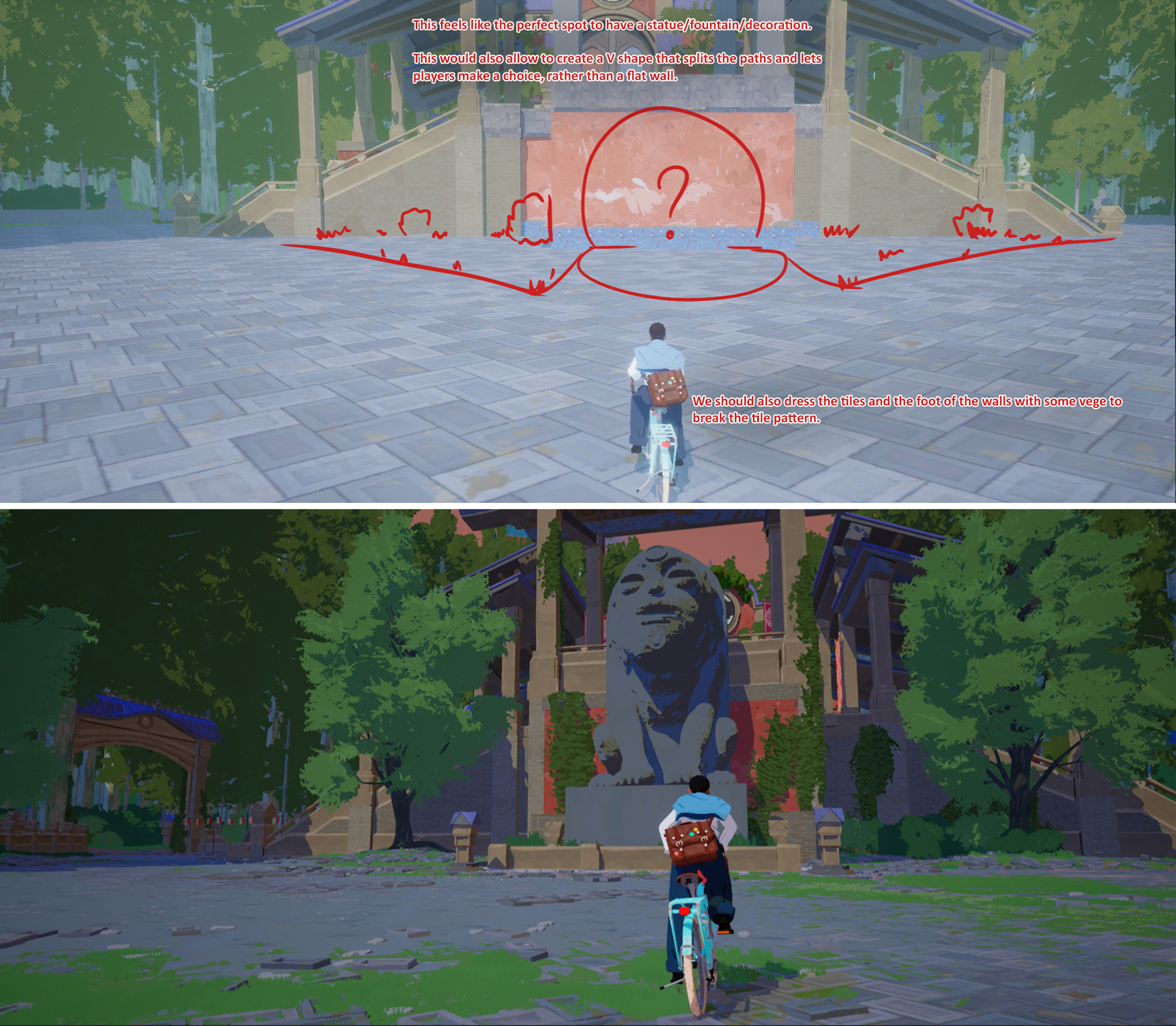
Caption: Season [WIP / Alpha]
Questions with Oli!
1. What considerations do you need to make as a level designer to keep things unique to Season’s Art style?
In regards to Season’s art style and my approach to level design, two elements came to mind regarding our aesthetic: lighting and composition. Given that the art direction is driven by a variation of toon shading, we have only two nuances of lighting: shadow and light. This also affects the number of lighting options we can use to guide the player.
Under those circumstances, we have to reinforce other composition aspects to lead the player. We use strong focal points as attractors, leading lines to make the environment easily readable, and contrasting colours and movements to catch their attention. The stylised silhouettes of our structures work with our rich palette to create landmarks that can be seen from far away to influence our players’ path.
2. What inspiration do you pull from with your design recommendations?
As with any creative effort, I love pulling references from real life to understand how things fit together. Whether from architecture, urbanism, or landscaping, you can’t ever go wrong by starting with references. Google is your best friend!
I’m fond of the principle of designing with intention. In other words, I first identify what our goal is, whether it is to lead the player in between two locations, guide the player toward an eye-catching landmark or tell a story within a given space. Once we have a goal set, we can then use paths, composition, shapes, VFX, sounds, and the rest of our LD palette to sell that goal we put in for ourselves.
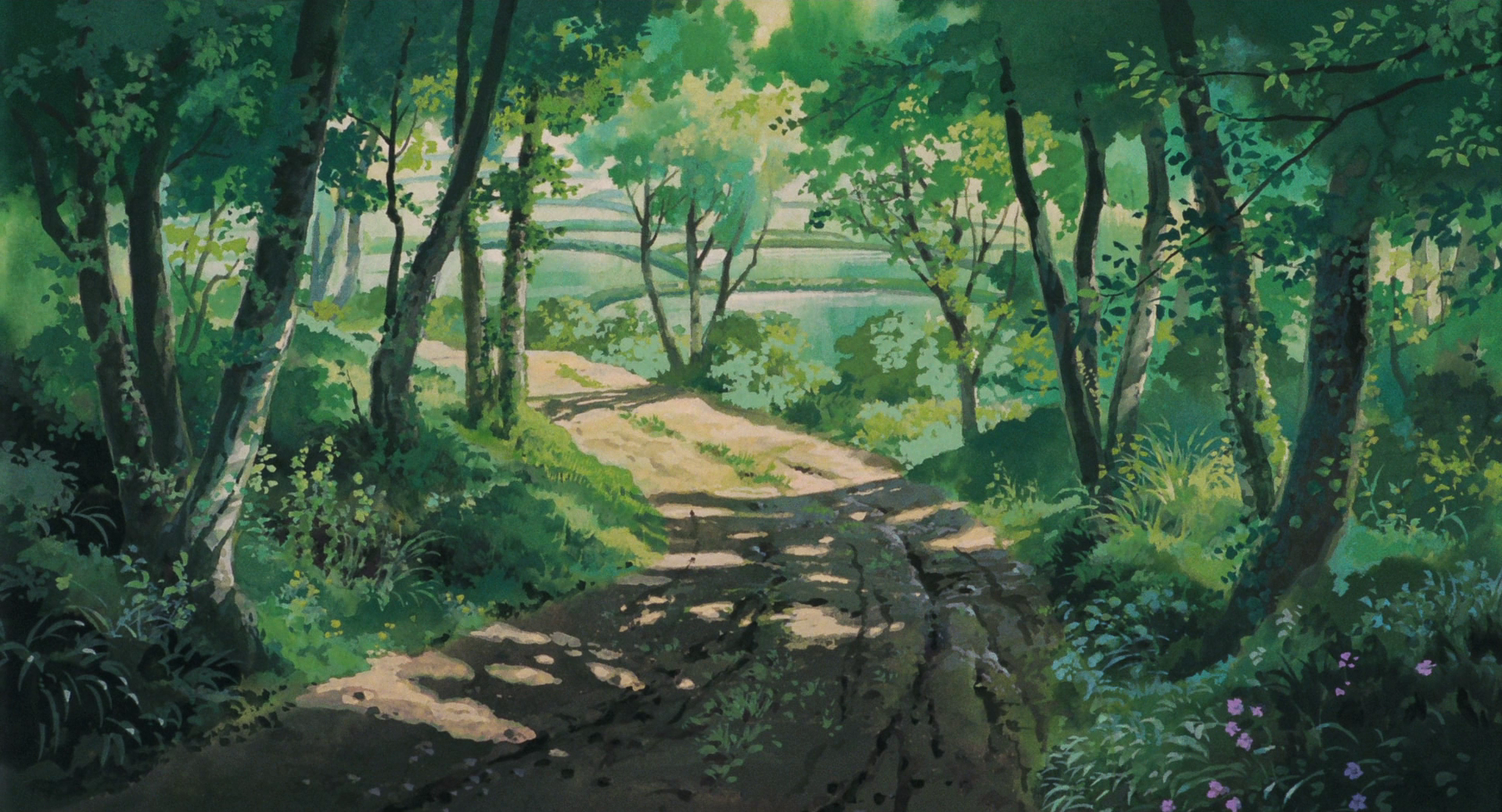
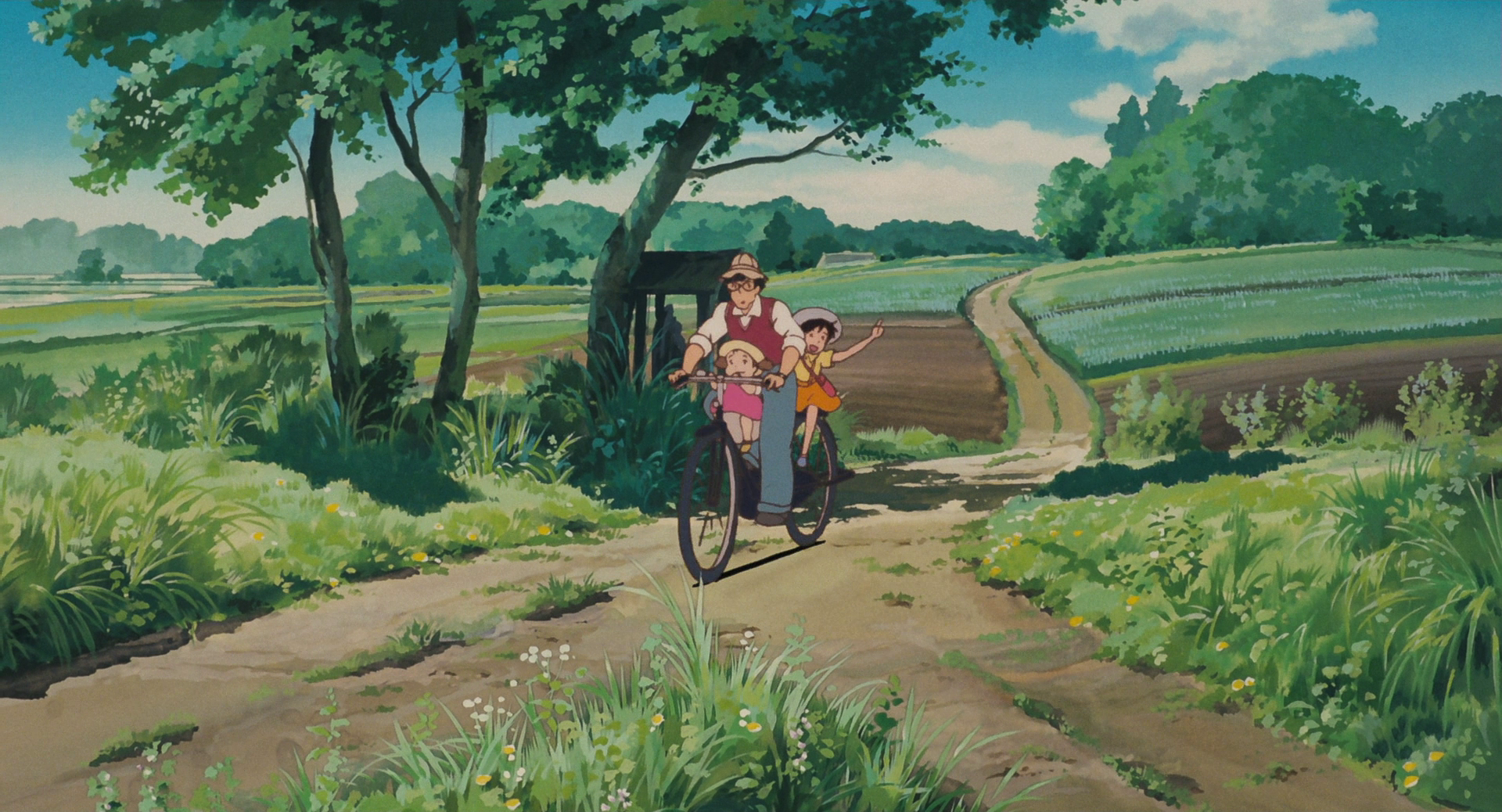
Caption: My Neighbour Totoro
On the artistic side, I lean on Ghibli-esque inspired visual style aesthetic. The pastoral environments and soothing compositions in My Neighbor Totoro and Ni No Kuni are full of inspiring ideas and anecdotal environmental moments, like a torii gate hidden among a bamboo grove or a rickety wooden bridge crossing an overgrown rivulet.
On the design side, I take inspiration from browsing concept arts, watching movie analyses and generally being a lover of the visual arts. There’s a lot to learn from the masters’ works, and looking is generally free!
3. How does one get into the field of level design?
I believe there are several ways to become a level designer because this design field requires a vast array of skills, depending on the project. A background in architecture or urbanism can be valuable assets when creating believable environments; writing skills and narrative-focused minds help add context and stories through the layouts created; an eye for detail and an artistic education will lead to compositions that are easy to read and inviting for the player; technical knowledge in node-based programmings, such as Unreal’s Blueprints, helps create a prototype quickly and share your vision more concretely.
Lastly, but most importantly, adaptability and communication skills are key. Level designers are often the glue that binds all the other departments together since we are in charge of the playground. Being on the ground, level designers are the bridge between the art team in the world and the game design team.
4. How do cinematography techniques work into level design?
Much like other visual media, the field of level design borrows heavily from composition and framing rules. We are creating a living tableau that the player can explore at their leisure. Techniques such as leading lines, use of colours and textures, rule of thirds, negative space, contrast and lighting, parallax, and framing are all skills that find their use in movies and video games. As Tony Zhou put it, every frame is a painting.
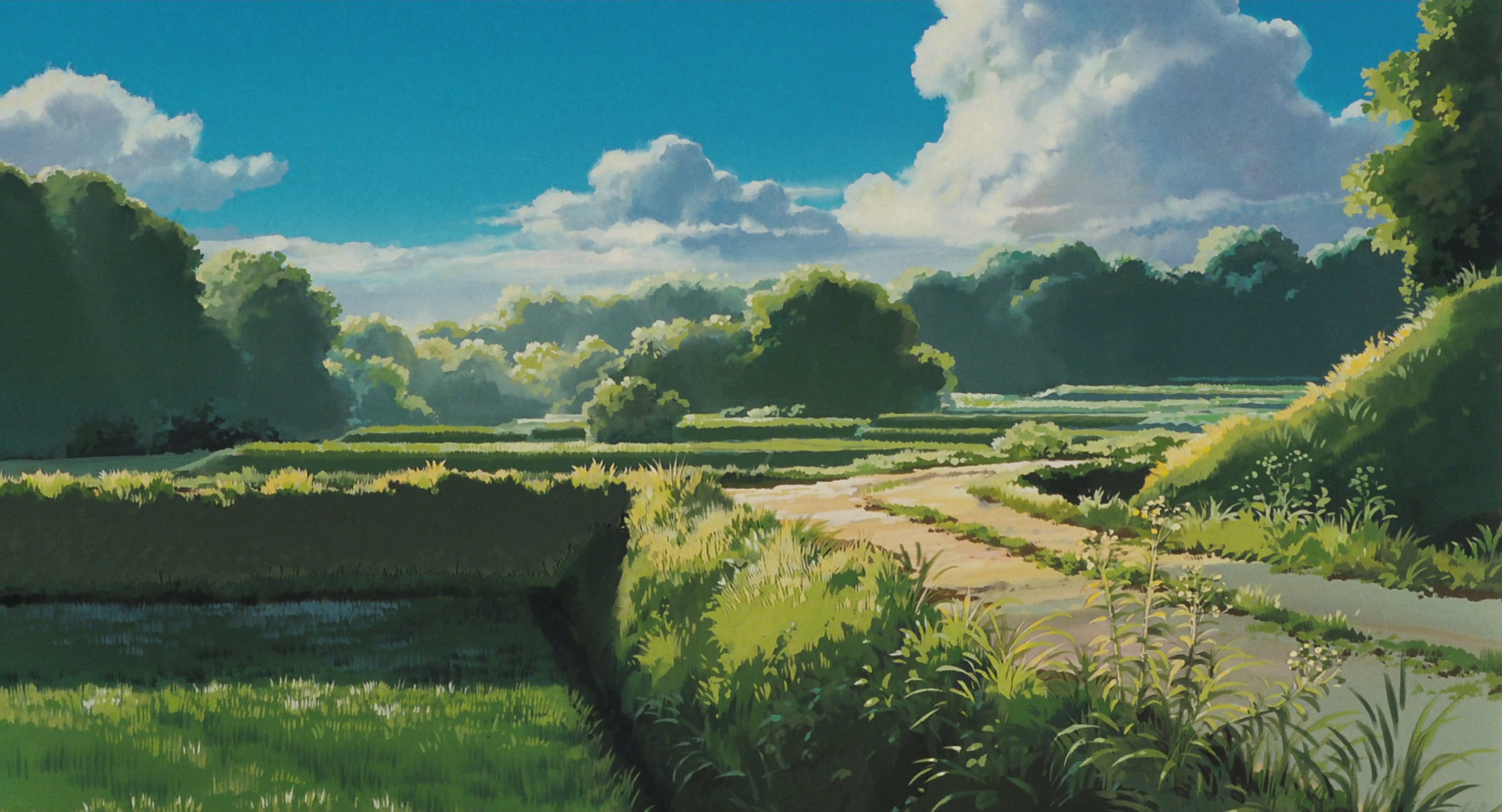
Caption: My Neighbour Totoro
5. The “golden path” describes the main path developers want players to follow through a game. How do you determine what goes on that path and what goes to the sides?
As I was ramping up on the project, I sat down with our narrative team to determine the flow of our map. In other words, we went over each location to determine their value for the world and the story we wanted to tell. We then determined what path they should take if we never wanted them to backtrack.
This process left us with a handful of minor locations that either told side stories or exposed complementary information to understand our world or our characters. I went over those locations to reinforce their themes and visuals to ensure that each one of them stood out. We want players to feel rewarded if they go off the golden path.
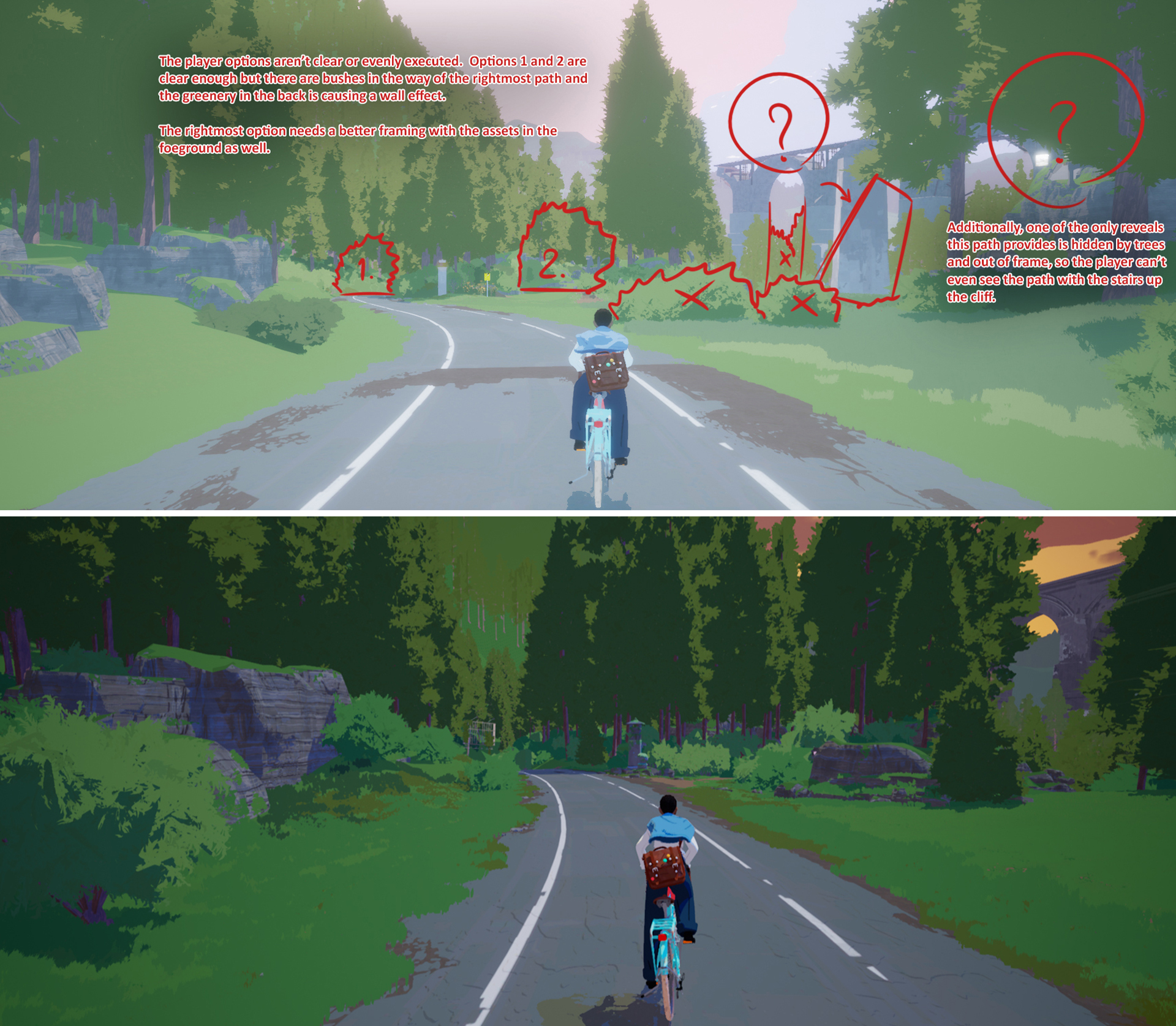
Caption: Season [WIP / Alpha]
6. How do you get players to follow the golden path? Are there any tricks or methods you use?
Players are often very curious and eager to explore the world. They can easily be diverted off the main path into side areas. To guide them through a more open map, they need to be able to figure their way around by using landmarks, much like in an attraction park. We can treat these landmarks as points of interest that the players will focus on, mostly out of curiosity but sometimes out of need. For instance, if a character informs them something is interesting at the lighthouse, players are likely to use it as a point of interest for their next destination. The path to these landmarks needs to be visible so players can plan their journey. On the way there, we strategically place side paths with clear forks in the road to give agency to the player. We make sure the path loops back to the main road they were on, with the landmark they were following in sight, so they can pick up where they left off!
7. How has technology, or new ways to develop games, changed how level design works and is implemented?
One of the greatest technological advancements in our field in the last decade is the democratisation of game development. Game development is becoming more accessible with the help of node-based programming, asset stores and engines that have free versions. This makes it easier for new developers or students to get a good looking result straight out of the toolbox. Obtaining results fast allows them to test things out and explore ideas that otherwise wouldn’t fit in tight schedules.
When I graduated from college, several projects looked amazing, and we were proud to raise the bar from the previous cohorts. Less than a year later, students from the following cohorts were simply blowing us out of the water with the arrival of UE4. Their projects looked incredible, and so did the cohort after them and the one after that.
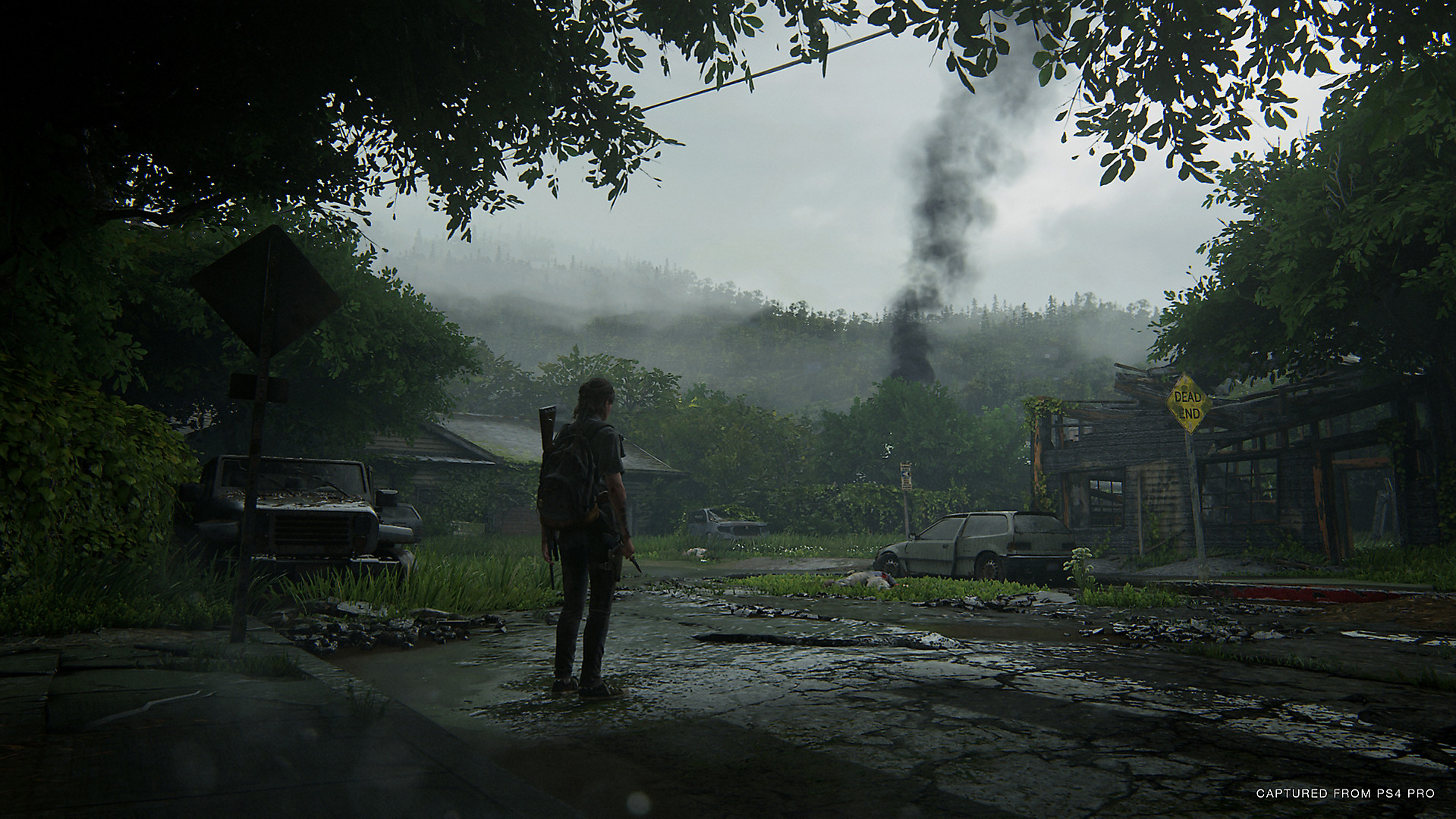
Caption: The Last of Us Part Two
8. What are some of your favourite examples of good level design? What makes them good?
Very much like food or music, taste in level design depends on each person and varies wildly from one game to another. My favourite level design decisions might not be everyone else’s cup of tea, and that’s perfectly fine.
That being said, I would say the series that has stuck with me the most in the last years in terms of level design is the reboot of the Hitman franchise. The amount of agency they give to the player and the richness of options and scenarios to reach and assassinate targets are astounding. IO Interactive delivered several playgrounds that fully exploit their game loop: explore, investigate, locate, assassinate and extract.
There are several other games I could name as honourable mentions, such as Red Dead Redemption 2 for its open-world design, The Last of Us Part Two for its impeccable use of lighting, framing and atmosphere, but the Hitman reboots are the games I feel have pushed the boundaries of level design as we know it.

Caption: Hitman [2016] – Hokkaido, Japan
9. How does level design differ in games in different genres? Compared to other games, what considerations do you have to make for a game like Season?
I find genres are an interesting question in video game culture. Unlike movies, where genres are usually determined by the feeling they aim to evoke, whether horror, romance, thrill, video games genre is often established by using their camera, like a first-person shooter, side-scrollers, third-person adventure. Some games even allow you to use vastly different cameras to play with. This and non-linear exploration or non-linear storytelling can create design challenges when guiding or pacing the player.
In the case of Season, our third-person camera and non-linear approach to world-building allow me to create picturesque environments ripe for exploration with the help of our art team, where I can hide interesting things in nooks and crannies based on the story intentions of our narrative team. I love the “organising the treasure hunt” part of level design.
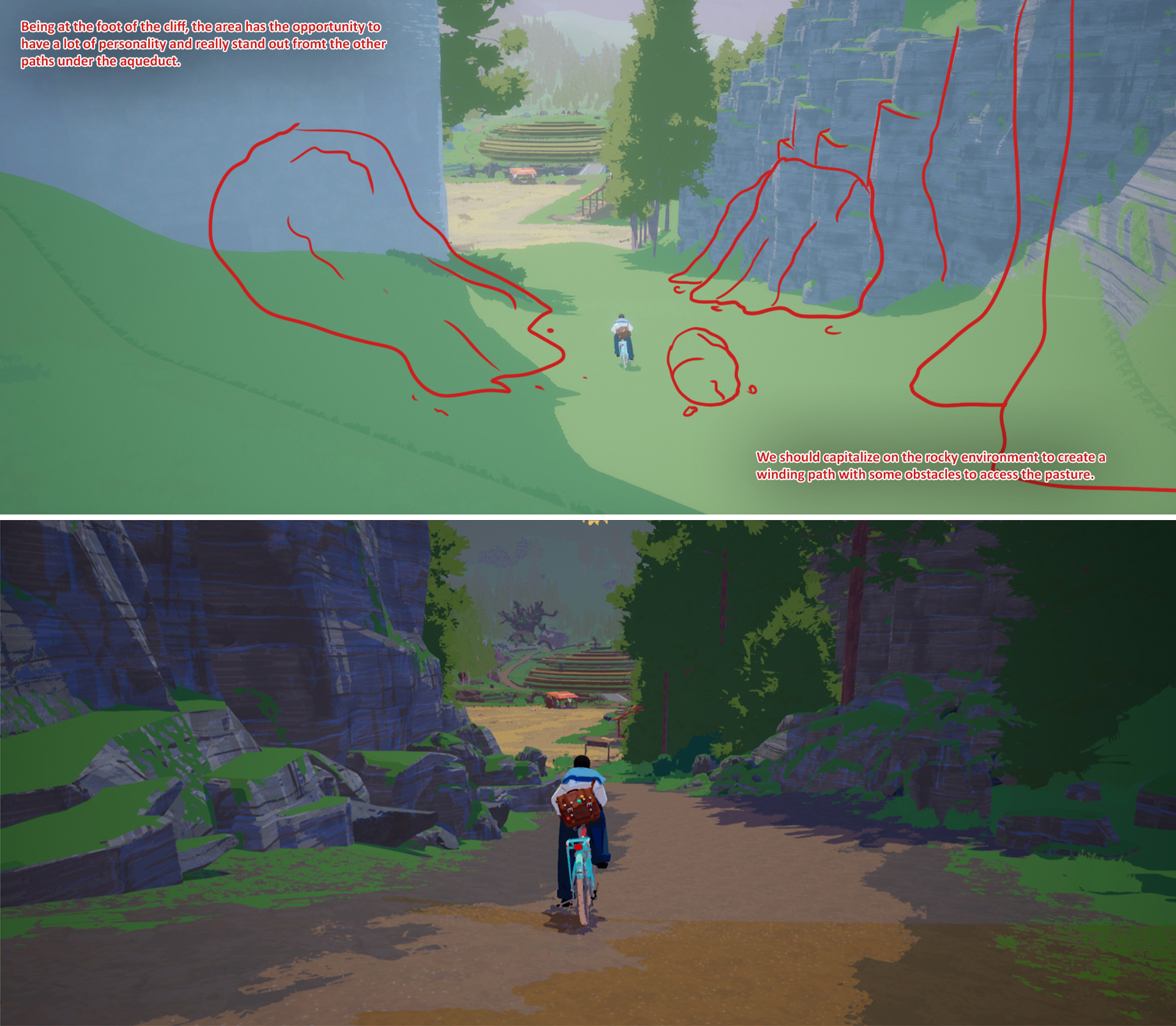
Caption: Season [WIP / Alpha]
Thank you for taking the time to read our update! We’d love to hear your thoughts over on our Discord where you can talk to the developers, share your own inspirations, and learn more about Season. You’ll even get to see one extra level design mockup/WIP that we left out of this post!
As always, you can add Season to your Steam wishlist now!
We also have a newsletter which will share some different information you won’t get in our blog posts! (Sign-up on play-season.com).
Be safe in your journeys, and never forget.
With love,
Hello fellow travellers!
Welcome back to our monthly blog posts, where we’ll be looking more in-depth into Season – and peek behind the curtain to see what inspires our team. We’ll be using this space to tell you more about our world, our characters and the talented team of individuals working on the game.
In this month’s instalment, we’ll be taking a first look at the protagonist of Season. You’ve seen her in our trailer, on our posts, and in our concept art. Let’s talk about how she looks and moves and how her appearance has grown over the development of Season.
She is your view into the world of Season. Here is where she started.

The Protagonist of Season
Season is a unique game that eschews action to explore the subtle power of lived experience.
The beauty of the art and the landscapes calls for a minimalist approach to the characters. In Season, we discover a few people still going on about their lives with quiet dignity, as if in denial that their way of life is about to be washed away. In these last moments of stillness, we witness their world untouched, as it has been for generations.
The tarot card of Death does not represent mortality, but rather it represents change. Each character we meet in our travels faces this card in their own way.
Our protagonist is a witness. She’s not there to save their world, but rather to record it, to preserve the memory of it. She is our avatar, through which we meet and learn about the people of the valley. However, she must also have a personality, emotions, and have her own agency. Will her curiosity and compassion for people help them face change with optimism?
Ideally, each character we meet will express a range of emotions. In addition to loss and grim acceptance, they might also have a sense of humour, opinions, passions, happy memories and hopes for the future.
For themselves, and for what little of their world they might be able to carry out with them.
Even in graveyards, flowers still bloom.
Senior Animator Alumni

Caption: Season Concept Art
In the beginning…
In the early days of Season’s pre-production, when we were still trying to establish the overall world look and feel of the game, we did a lot of experimental concept art of both environment and characters. These were very wide, ranging from very fantastical to very grounded; it was mainly to see what would stick. You can see a variety of inspirations found in the clothing and silhouettes of these early designs.
Back in those days, characters had weapons. We were maybe toying with the idea that we could reuse some combat mechanics from our previous title, The Darwin Project. We eventually got rid of most of the ideas from this period. Still, the blue hat character stayed with us because we liked her vibe.

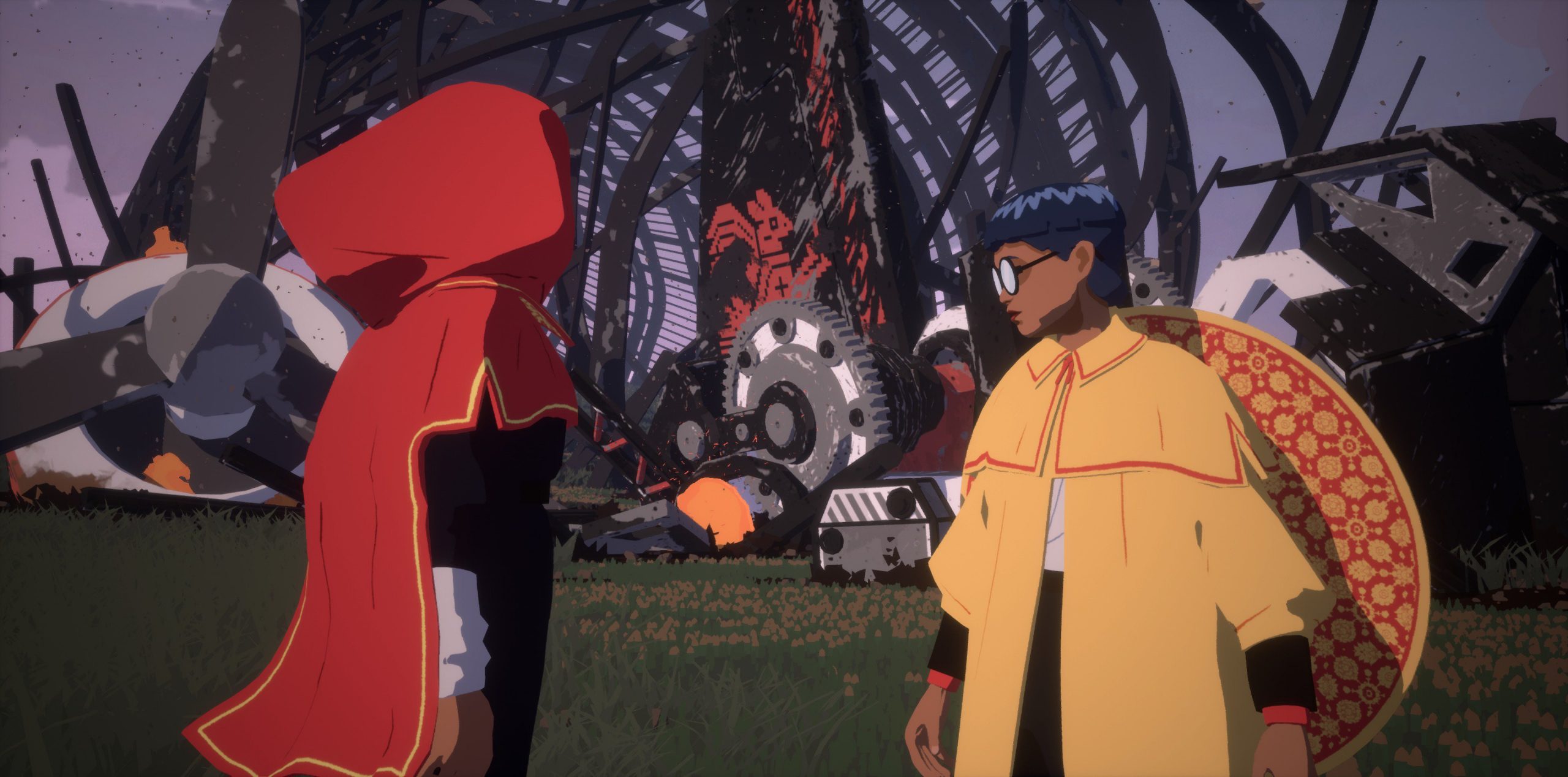
Caption: Concept art & intial Season tests
We ended up exploring the world and playing with a variety of ideas. At this point in time, we thought about having a co-op mechanic in the game or seeing how the world could be experienced by two players simultaneously. The blue hat character has evolved a bit, but you can still see the origins of the design as we move forward.
You can even see that there still is a weapon present (though not for much longer!), and the bike has made its first appearance.

Caption: Season concept art
At this point, we decided that a significant pillar of the game would focus on bike travel. We experimented with various concepts in how a bike traveller could be conveyed. You can see elements of past ideas being carried forward. Some of these ideas would stick with our protagonist, and some you’ll come to find in our other characters.
Refining “Blue Hat”
During this process, we came across this piece from Njideka Akunyili Crosby. We thought this was the perfect reference/inspiration when we saw this painting. The look, the style, and the whole concept were iconic to us. She was cool and confident, both unique and timeless. We knew our protagonist would be older, and this work inspired us with the emotions that it conveys.

Caption: Season concept art
From there, we polished and refined our main character’s look. Ideas and concepts were carried forward, and you can start to see the final appearance take shape. The bike, the sound recorder, the bag, and the general style now better reflect the game and its world.
Sadly, we eventually got rid of the big hat because it covered too much of the character when seen from the back. The game is played from a third-person camera point of view, and the large hat ended up hiding too much of our character.
At this point of the pre-production, the story was also evolving, where we felt her jean jacket felt a bit too modern. We wanted to give her a slight redesign of her clothes to have a sense of fashion/elegance, but you couldn’t pinpoint precisely what period it would be from. It would be something that people in a reclusive community, who maybe create their own clothes, could be wearing. It would have style but also function.
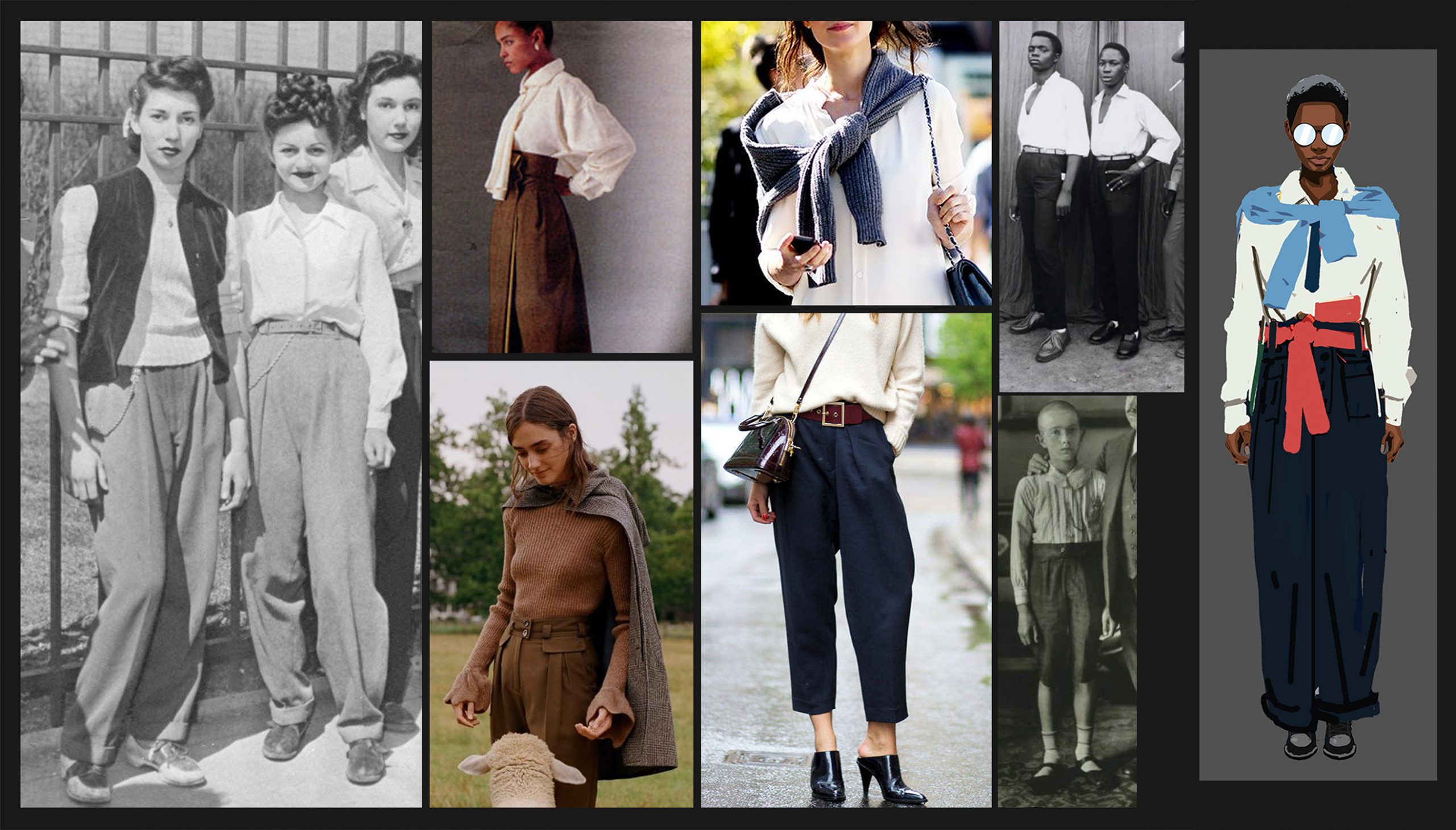
We would give them a hoodie scarf, a sweater tied around her shoulders. This broke up the outfit in a fun visual way, hinted at practicality, and could be matched to various times and places so that it would feel classic but modern. It also had the added bonus of livening up her animations.
All of this would lead up to the character we have now.
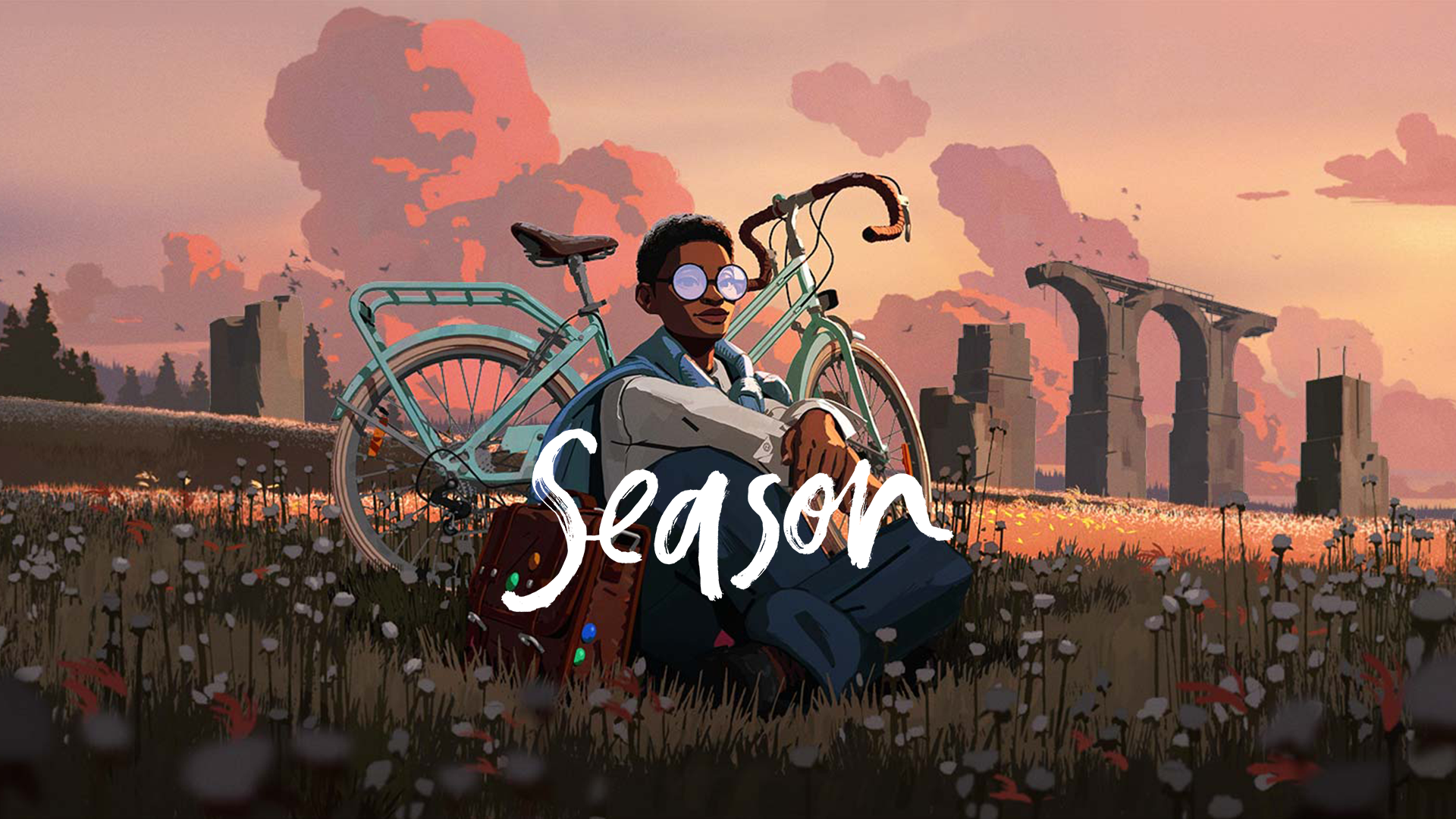
Giving breath to our protagonist
This also lets us talk about how we bring our protagonist to life beyond her appearance. We also use her movement to tell her story.
There are three main pillars to her animations:
MINIMALISTIC
Season is a game about subtle but meaningful actions. The gestures performed by a character will be shown sentimentally rather than physically, they are subdued and combine voice acting with smaller animations to convey emotion.
EMOTIONAL
The goal is to make the audience understand what the character is feeling. Instead of accomplishing complex actions, the characters conduct their behaviour through empathy. Each action has purpose and weight to it.
CONTRAST
In animation, contrast is exhibited in posing or timing. Contrast is key in creating believable characters. Season expresses its contrast with feelings. We add a dash of humour to a dramatic or emotional scene to achieve this contrast.
Our protagonist shows her emotions with composure. She has delicate and very agile gestures. She values true friendship and always acts respectfully towards tradition. She adopts a lower shoulders posture rather than a confident stance. She is cautious, polite, and inquisitive.

From her initial concepts to her now refined look and animation, we look forward to you meeting her properly and seeing the world of Season through her eyes.
Thank you for taking the time to read our update! We’d love to hear your thoughts over on our Discord where you can talk to the developers, share your own inspirations, and learn more about Season.
As always, you can add Season to your Steam wishlist now!
We also have a newsletter which will share some different information you won’t get in our blog posts! (Sign-up on play-season.com).
Be safe in your journeys, and never forget.
With love,
Hello fellow travellers!
Welcome back to our monthly blog posts, where we’ll be looking more in-depth into Season – and peek behind the curtain to see what inspires our team. We’ll be using this space to tell you more about our world, our characters, and to tell you more about the talented team of individuals working on the game.
In this month’s installment – we’re taking a look at the art direction of Season. We’ll be deconstructing the “how” and “why” we’ve made Season look the way it looks, and talk about the art and visuals that influenced us. We hope this gives you some inspiration of your own!
It has been our hope to make Season look like the concept art we originally conceived for it. Using custom shaders and other tools within the Unreal Engine, we’ve worked to make every frame of Season look like it belongs in a frame on a wall. We wanted it to feel grounded in its detail, but larger than life when looking at the bigger picture. Let’s explain what we did…
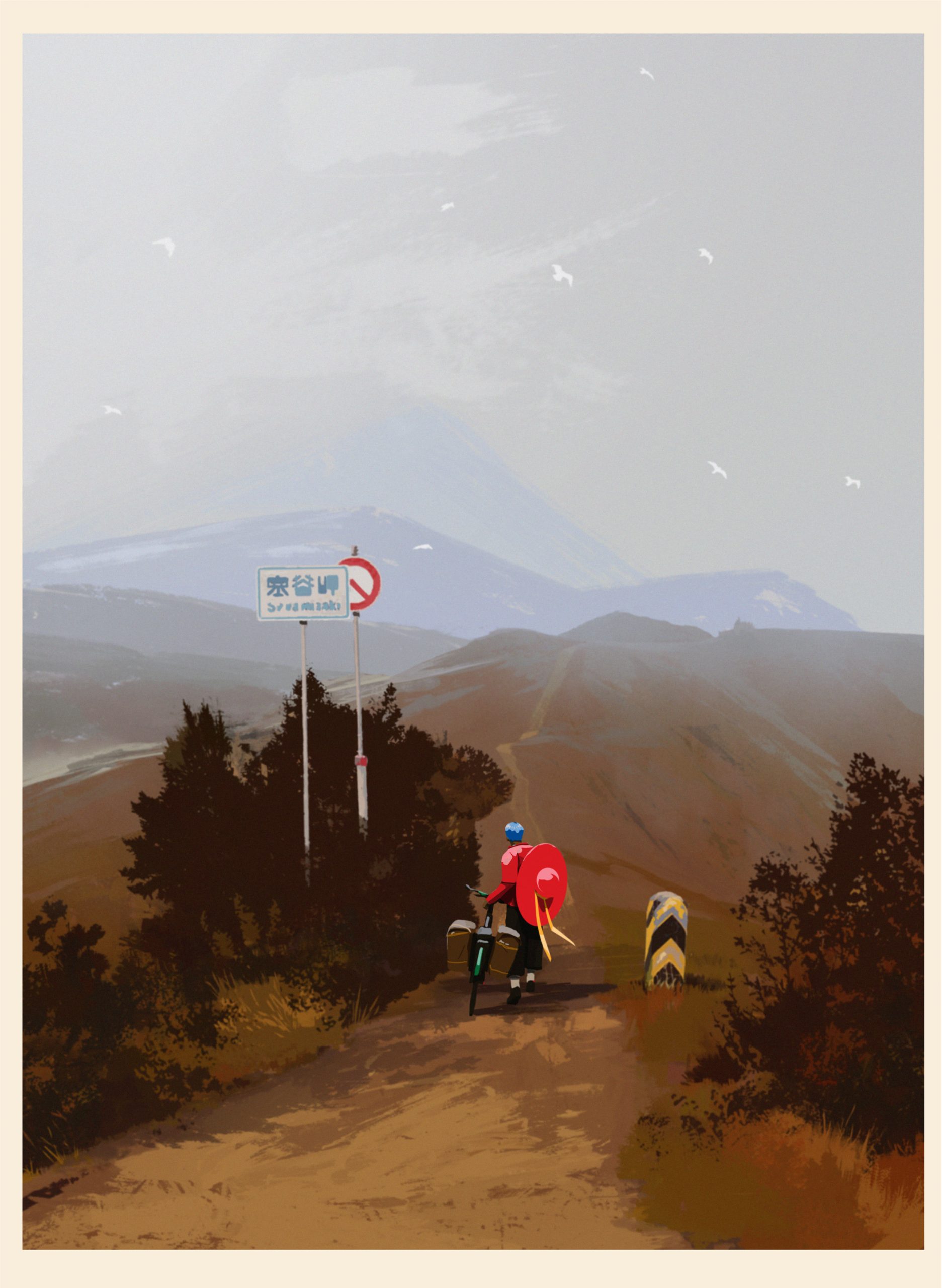
Caption: Season concept art
The Art Direction of Season
Season’s art direction is inspired by great illustrators, painters, and natural light cinematographers. It has been specially developed to suit the unique world we are building. The light rendering is somewhat flat, but the mood, tone and environments we depict still feels real. It is a minimalist approach to realism, inspired by the early Japanese woodblock print artists, as well as the poster artists, like Norman Wilkinson, from the early and mid-20th century. This simplification mindset, getting rid of rather than adding details, set the guidelines we kept in mind while developing the overall look for the game.

Caption: Norman Wilkinson (1878-1971)
In Season, we are building and iterating on our own custom shaders. We don’t want our game to rely on the usual cel-shaded or “cartoon-esque” methods, despite them having their own beauty and purpose. From the beginning we wanted Season to feel familiar, but unique. The main problem we had with the traditional toon-shading methods is that it gets rid of many details, but you don’t have control over which details you get rid of. Everything gets simplified uniformingly, giving a “toy-like” feel to every asset.
We call the style we are developing for Season, ”Stylized Realism.” This style is a balance between an illustrative approach, and a more grounded approach. It is a realistic method to modeling (making sure the asset, its level of details and scale relationship with other assets feel real) and lighting, while also making sure the texture work is highly stylized, illustrative and graphic. In addition, having a smaller scope for the overall game also allows us to push the quality everywhere while keeping the handcrafted feeling intact. These are the strengths we have as an indie studio: quality over quantity.

Caption: Hiroshi Yoshida (1876-1950)
AAA games are highly skilled at creating assets and lighting faithful to reality, while a lot of indie games have become masters at handcrafted painted texture and unique visuals. We try to combine both of these strengths, with an illustrative and painterly approach to texture paired with details and realistic assets. These strengths and weaknesses can be separated into two categories: the scale relationship between the assets and the overall lighting.
Scale Relationship
Most illustrative and artsy games have a stylistic approach to scale; a blade of grass is as big as a character’s leg, a single leaf is bigger than a head, mountains are blocky and larger than life, etc. The scale rendered in this style gives an overall fun and floaty feeling of ”big toys.” Everything has exaggerated proportions to provide unique and colorful visuals.
In the AAA style of video-game realism, the games usually portray a more accurate feeling of scale: the grass and leaves have proper height and size, and they want to convey a world that feels “real.” The scenes are made up of numerous high quality textures that go for a “wow factor,” but usually leave out any strong stylistic elements or fantastical elements.
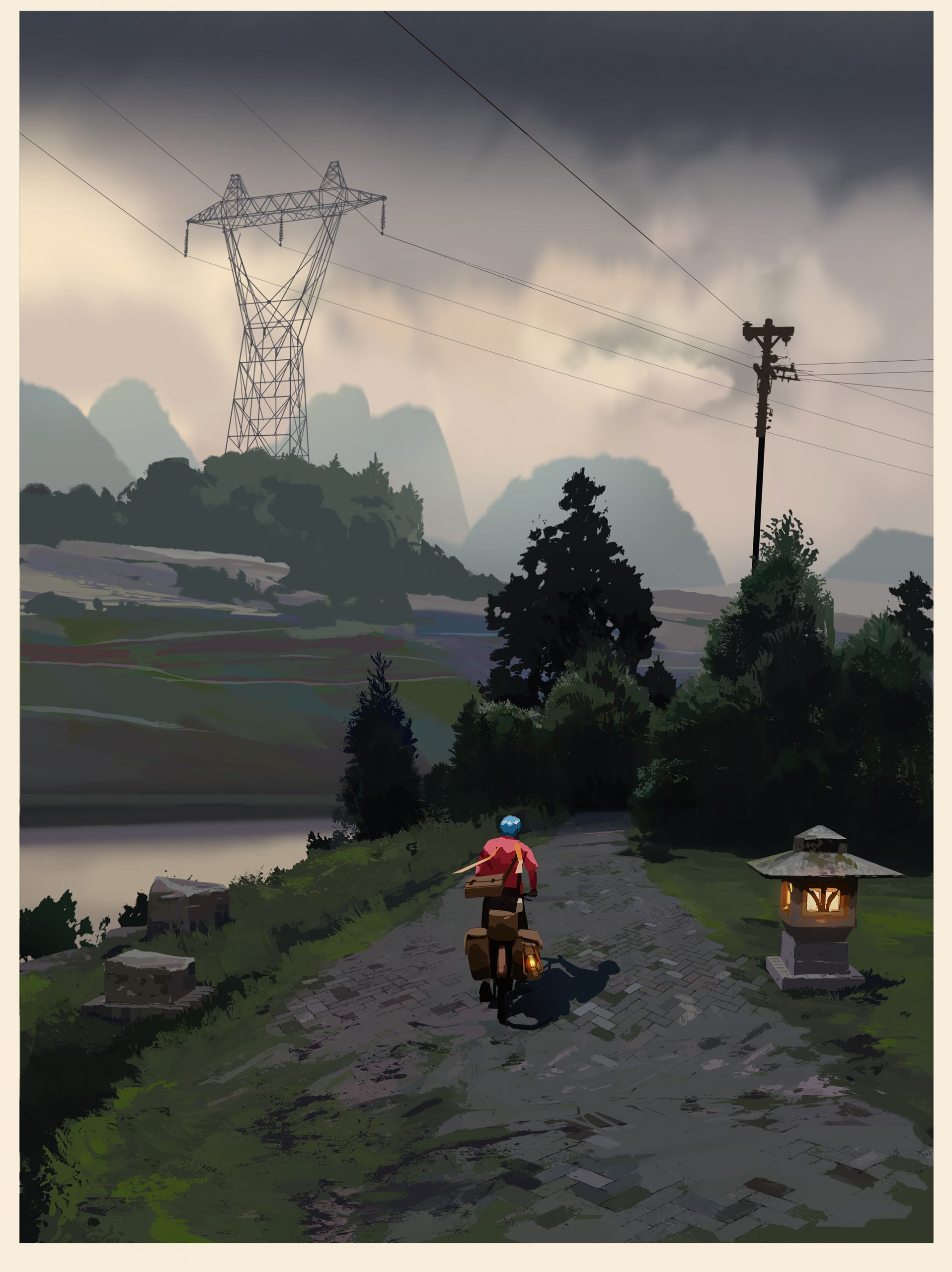
Caption: Season concept art
In Season, we wanted to strike a balance between both approaches. We concentrate on having a properly scaled relationship between every asset while keeping a cohesive hierarchy and balance of details. When looking at our initial reference of Norman Wilkinson, there is a voluntary approach to simplicity; the pictures aren’t overly busy, the vegetation is merged together, focusing on its silhouette rather than trying to depict every individual leaf or blade of grass. The images are easily readable, elegant in their simplicity, and harmonized.
We do this to ground our world but also not lose the sense of whimsy. It is a world that is familiar but strange, and also maintains a strong feeling of believability. A place you could, and would want to, visit or even live in.
Lighting
The second pillar of Season art direction is the lighting.
While our game is influenced heavily by illustration and concept art, we wanted the lighting in Season to depict a certain realism in its mood. Some other artsy and illustrative games have become masters at creating fantasy worlds, playing with unusual, whimsical color combinations, depicting universes that can only live in our imagination.
In Season, we wanted to stay within the range of reality in our depiction of lighting. We were heavily influenced by contemporary plein air painters and modern cinematographers who are experts at balancing real life lighting scenarios with artistic intent. While we knew Season would be set in an imaginary world, we wanted it to feel grounded by bringing believability to its different moods and time of day.
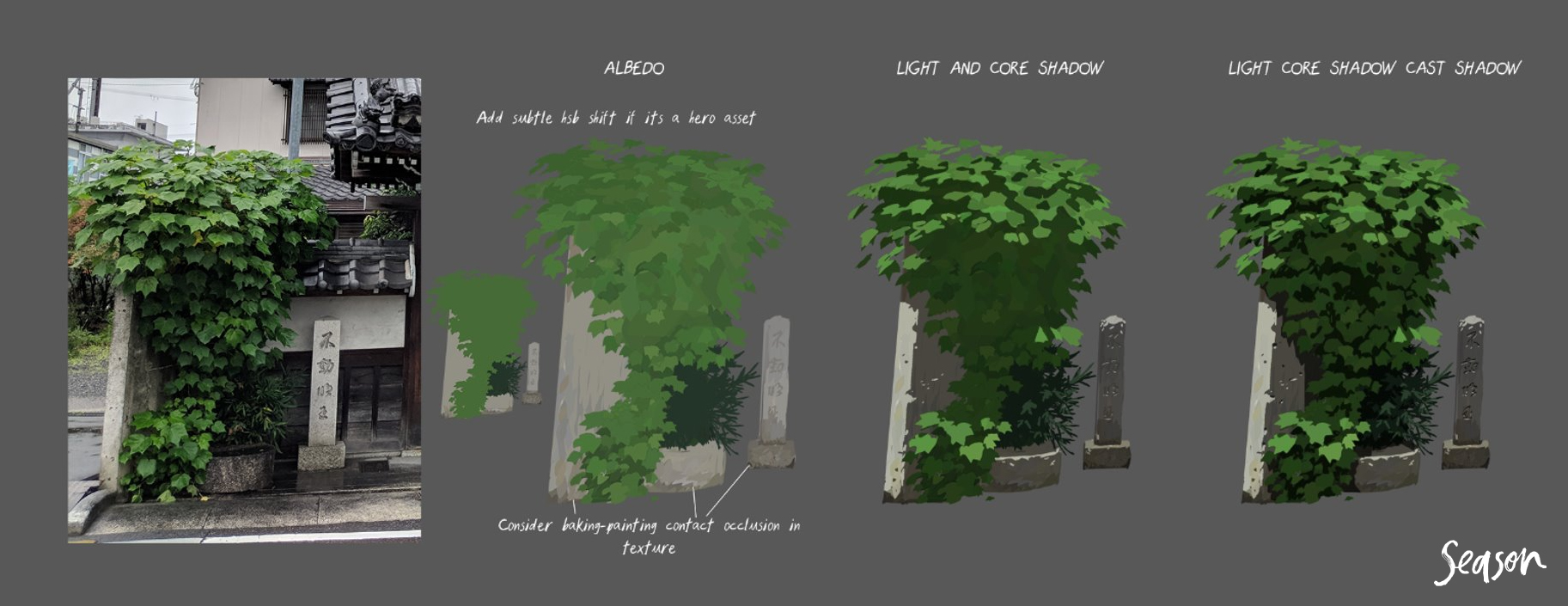
In Season, the artists focus on how local colors are used in traditional paintings. To achieve this look, a custom shader was made for Season that focuses on using the albedo (or local colours) and shadow tint in the way that they are done in illustrations. Focusing on these two aspects results in an illusion of color and shadow that recreate the depth and texture of illustrative works.
Because everything is individually editable though, using global lighting to unify areas proved difficult. Since each object has its own shadow tint, it is hard to maintain consistency over different lighting conditions. A golden early morning, or a cool mid-day would mean each object would have to be edited to properly reflect the scenario. We wound up using PBR (physics based rendering) with our own tweaks to alleviate these issues. The happy medium between the realistic and the illustrative.
We also turned to sky lighting and sub-surface scattering to make the world of Season feel even more familiar for our players. By shifting the tone of the sky to plunge the world into the warm tones of a sunset, or by using sub-surface scattering (which allows for objects to absorb or bounce light) to allow for the greenery of a scene to absorb a summer’s sun, we can better immerse the player into the world we have created.
The style we are creating for Season is completely unique: having a game that has the lighting of plein-air paintings, a believable and relatable mood, all while maintaining bold, artistic and illustrative qualities. It is a balance of two beautiful approaches, the artistic and the realistic. The game doesn’t feel traditional; it feels like a distant, fading memory.
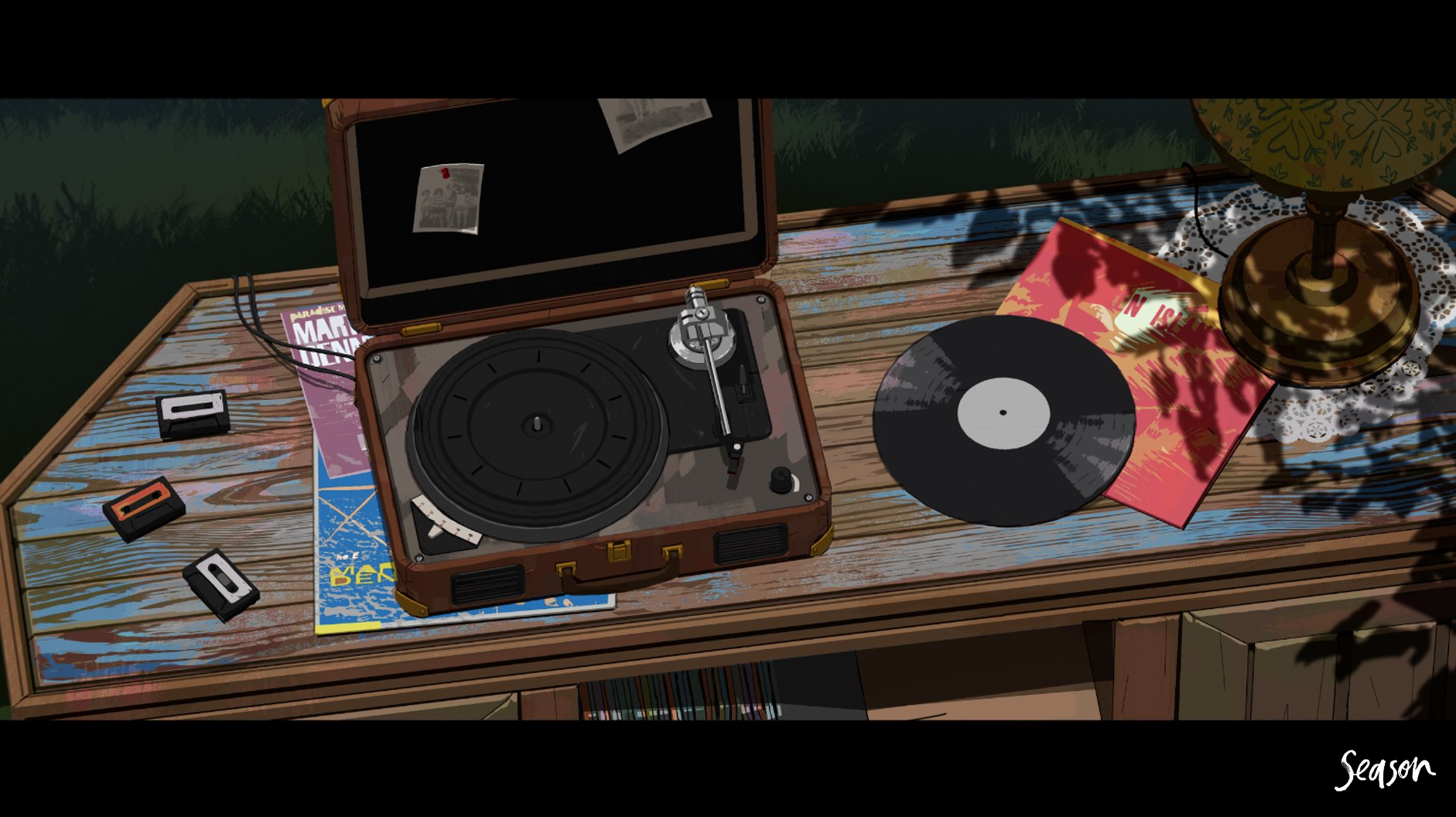
Caption: Season concept art
Thank you for taking the time to read our update! We’d love to hear your thoughts over on our Discord where you can talk to the developers, share your own inspirations, and learn more about Season.
As always, you can add Season to your Steam wishlist now!
We also have a newsletter which will share some different information you won’t get in our blog posts! (Sign-up on play-season.com).
Be safe in your journeys, and never forget.
With love,
Hello fellow travellers!
Welcome back to our monthly blog posts, where we’ll be looking more in-depth into Season – and peek behind the curtain to see what inspires our team. We’ll be using this space to tell you more about our world, our characters, and to tell you more about the talented team of individuals working on the game.
In this month’s installment – we’ll be exploring a mixture of media that inspired Season from its halcyon days of youth. A book, a film, an essay, a poem, a game, and a song.
As 2021 draws to a close, we reflect on where we’ve been and we are going. So we thought we’d start with the inspirations that started us on this path, and share them with you in the hopes that you might learn more about yourself, and more about what we’re hoping to accomplish with Season.
A Mixture of Media – Season Influences
“The greatest hope for originality is to take the smallest unit of influence from as many places as possible.” - Mark Hollis, of the band Talk Talk, said something like this.
Imagine someone in wool pants and a wool shirt walking through a dense forest. When they emerge into a clearing, picture how they would be covered in burs and sticks and leaves – a collection of what stuck to them. That image is how I see absorbing influences to become a collection. Here’s a swath of influences on our project Season, each from a different medium of art.
Some of these pieces inspired us with a strong, unique tone or mood. Others gave us ideas with their original fantasy world building. And there are also pieces here that reflect on the themes of collecting and existence, a theme that leans itself to the foundation of our game.
Octavia Butler – “The Parable of the Sower”
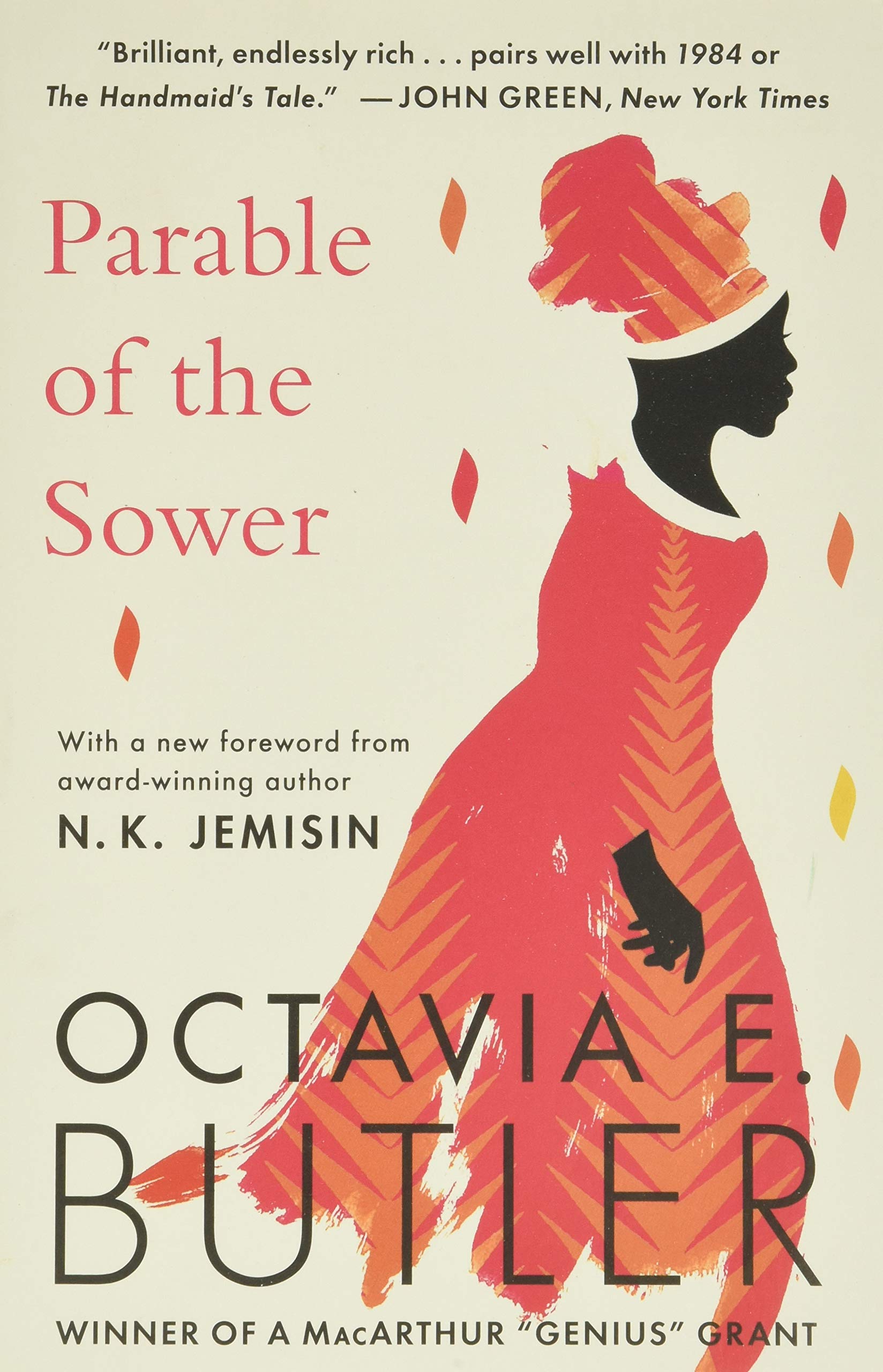
Butler builds a world that is so recognizable and so strange at the same time. It feels rooted in a different set of assumptions about the world than any other sci-fi fantasy world I’d encountered. The way a dream is built out of our experiences, projections, encounters… a fantasy world is the same. It’s an extension of what we think, what we know, what we believe; but it’s also a floating speculation. These concepts influenced the way we tried to build the world of Season and led to us using a wide range of sources (historical, personal, political) that we tried to incorporate within the worldbuilding.
Bi-Gan- “Kaili Blues”
The sense of place in this film is so strong. It’s like a poem, a moment in time, a magic trick. The center piece is an inspiring 40+ minute continuous shot around a village by motorbike/boat/foot. We took influence from the mundane yet surreal feeling of life in “Kaili Blues,” and the way moving through space feels. Bi-Gan is a genius. I would love to collaborate with him.
Ursula K. Le Guin – “The Carrier Bag Theory of Fiction”
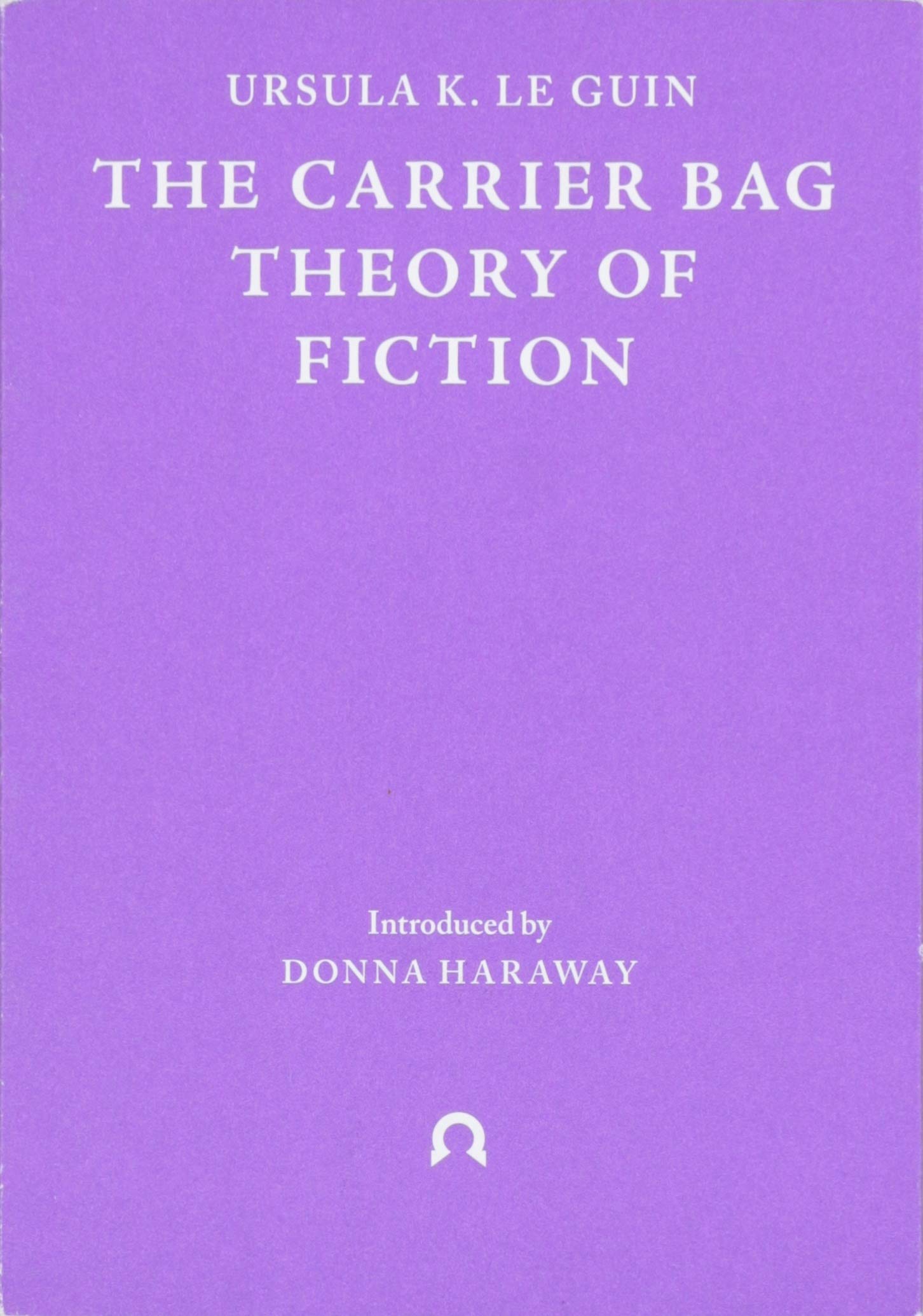
A short essay by another great science fiction writer.
We think of influence as being cause and effect but sometimes it feels nonlinear. I read this essay very late in the process of writing Season, our composer sent it to me, but it resonated super strongly and feels like an influence anyway.
Walt Whitman – “The Sleepers” POEM
“I wander all night in my vision,
Stepping with light feet, swiftly and noiselessly stepping and stopping,
Bending with open eyes over the shut eyes of sleepers,
Wandering and confused, lost to myself, ill-assorted, contradictory,
Pausing, gazing, bending, and stopping.”
Whitman' poetic character was a collector as well, creating a sprawling inventory of life, trying to embrace a fractured and violent country into a bear hug, into the expanse of his person. There's a lot of “Song of Myself” and “Crossing Brooklyn Ferry” in Season as well, but the surreal-yet-real very tender feeling of the opening passages of this poem also reverberate throughout Season.
Shigesato Itoi – Mother 2/Earthbound
The psychedelic barely-controlled tone of this series is awe inspiring. There is an existential horror that creeps in. This scene in particular was an influence, the way it violently calls attention to the senses. It’s quite a jarring shift in tone. Seasonhas some shifts in tone, although none as extreme as this.
Shigesato Itoi’s letter to fans of the series for the 20th anniversary is a beautiful piece of writing that was also very inspiring. I used to quote part of it in the pitch for Season. Nintendo took it down sadly but here’s a link to it on a message board.
Oh Yoko – Seashore (DJ Sprinkles’ Ambient Ballroom)
A remix of this, from Terre Thaemlitz (aka DJ Sprinkles)
It sounds like the past, like the texture of a warm memory, but it also feels like the future. It feels heavy, it feels light. It’s a tone of admirable complexity. Another influence on Season appears as a sample inside of this track. We hear a voice speaking a monologue written by David Milch, from the TV show NYPD Blue. (He’s best known as the writer of Deadwood.)
A lot of Season’s better pieces of writing come in monologue form, and it’s a challenge to try to write as directly as possible, which Milch does wonderfully.
This is just an assortment of media that has helped inspire Season. There is much more still for us to share – both about what helped us create Season, and about what Season is itself. We want you to know that these bits of memory, our collections of items that hold significance, are an essential part of the game’s experience, and we invite you to imagine what things are caught up in yourself, like nostalgic flotsam, that inspire you.
- The Writer
Thank you for taking the time to read our update! We’d love to hear your thoughts over on our Discord where you can talk to the developers, share your own inspirations, and learn more about Season.
We also have a newsletter which will share some different information you won’t get in our blog posts! (Sign-up on play-season.com).
Be safe in your journeys, and never forget.
With love,
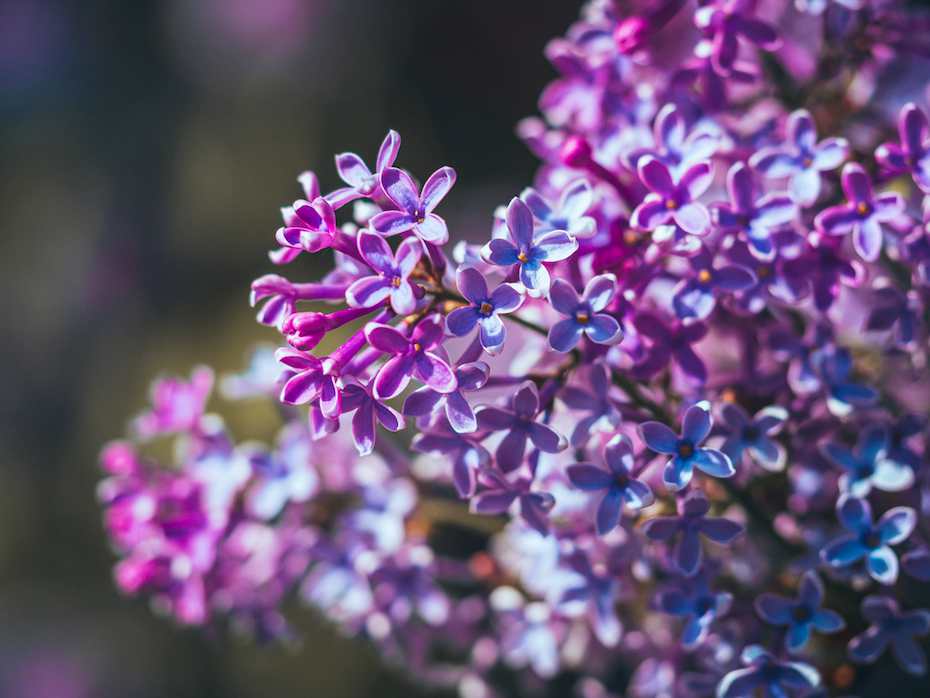
Summer is slowly coming to us in Quebec, letting a glimmer of happiness and light shine through the entire Season team. The winter has been particularly difficult here, not only with the sanitary measures in place, but also because of everything we’ve been through as a team.
Our vision for Season is stronger than ever; beautiful, soft and luminous, as reflected in these magnificent images taken by a member of our creative team, Mathieu Leroux. In our hearts, inspiration is always present. Sometimes it even seems like we have too many great ideas to show you.

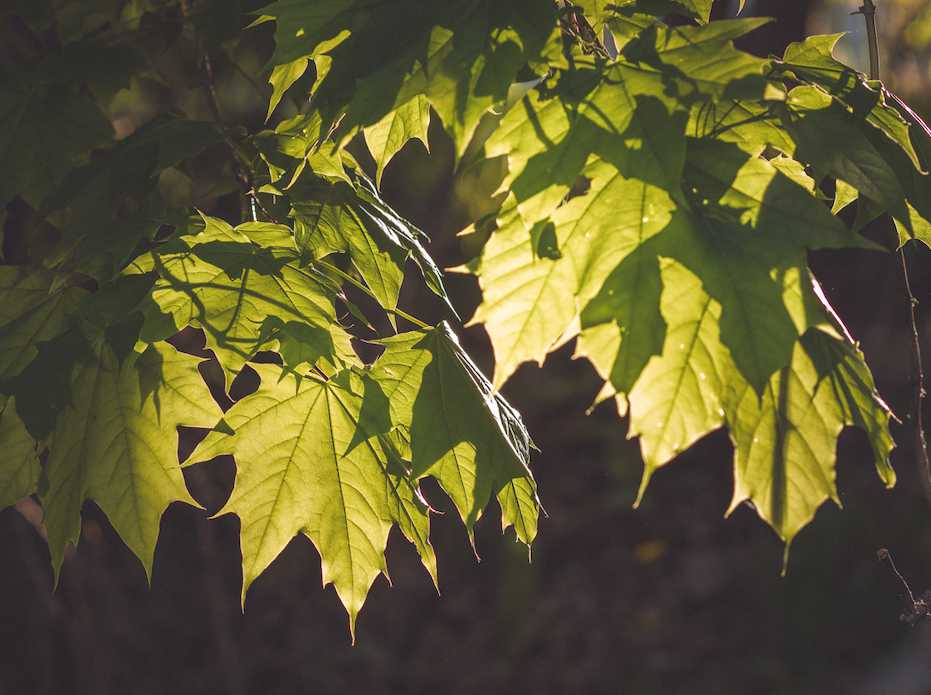
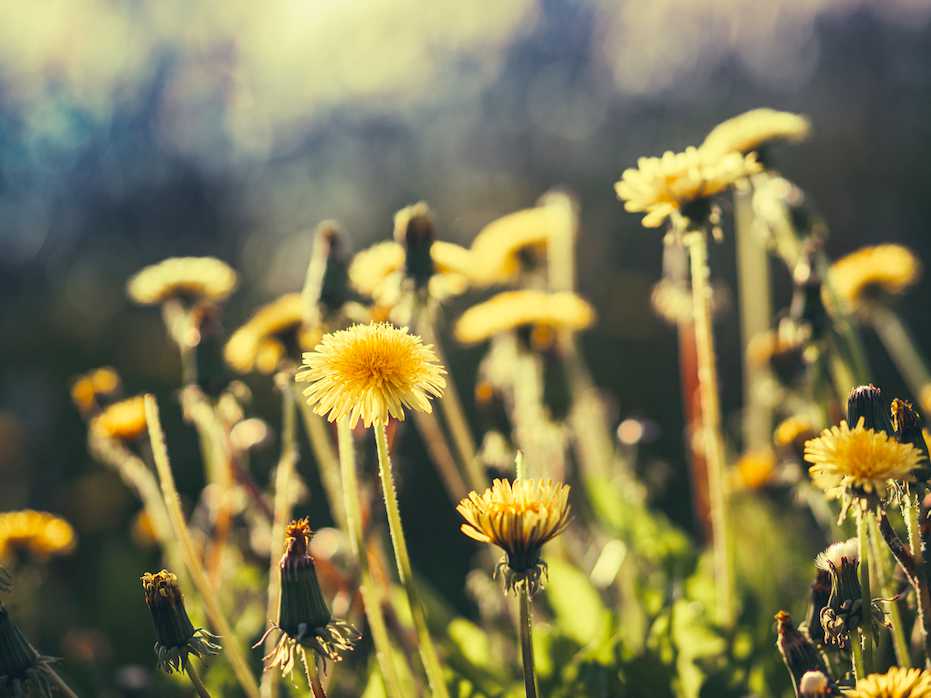
Recently, we had a few playtesters try the game out and it was so motivating to see them playing this game that we worked so hard on. We were happy to meet you and share with you a small part of our creation. We are currently taking your feedback to improve the gaming experience and make this moment enjoyable, as we promised you.
The beautiful season is slowly coming to us.
– Season Team
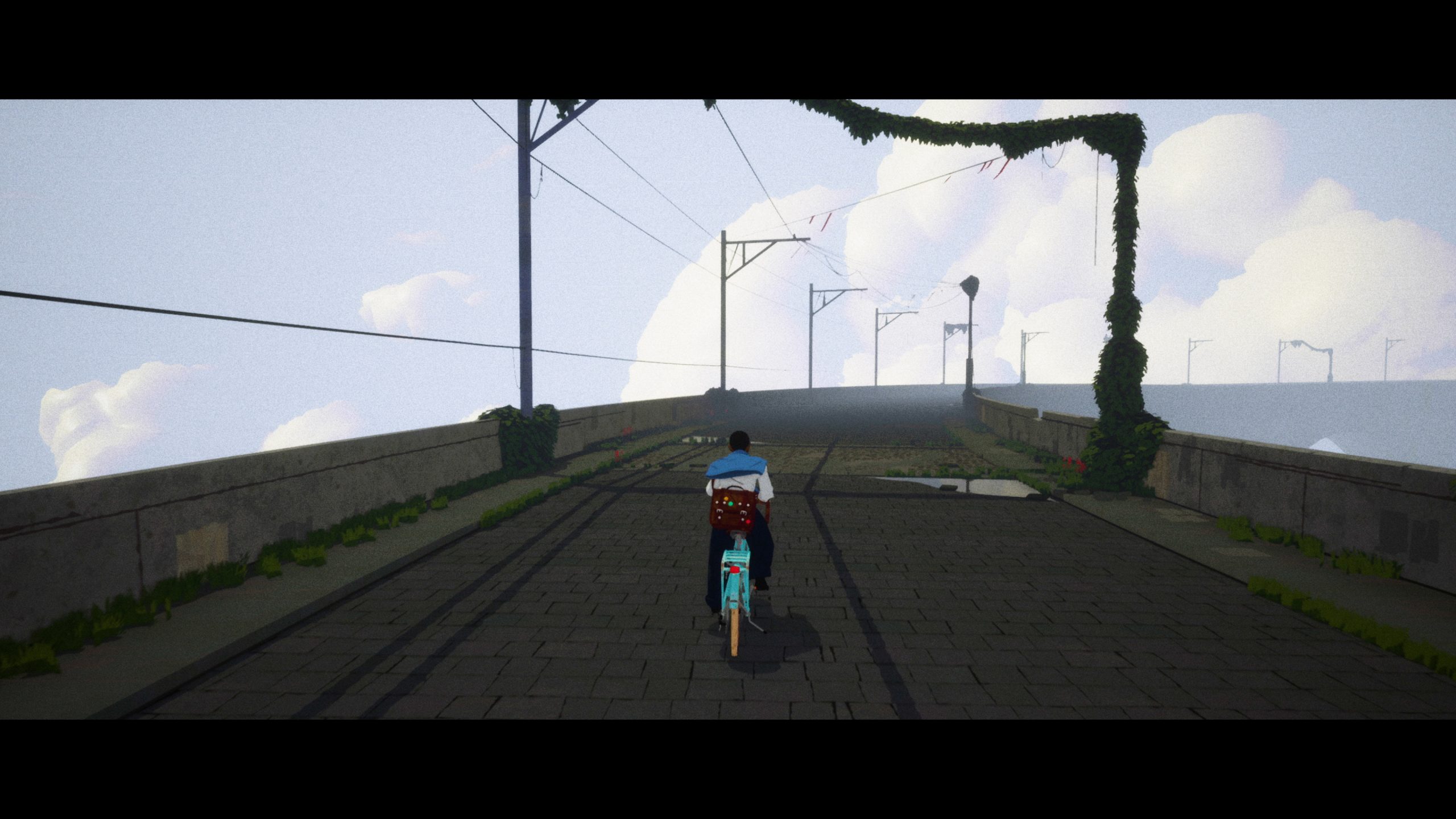
On December 10, 2020 we announced our new project, Season. You might have watched it at the Game awards. As a team we are thrilled to start telling you more about the world we are creating for you.
At this point, you are probably wondering what sort of gameplay you can expect from Season… We can’t share everything yet but here’s what you should know.
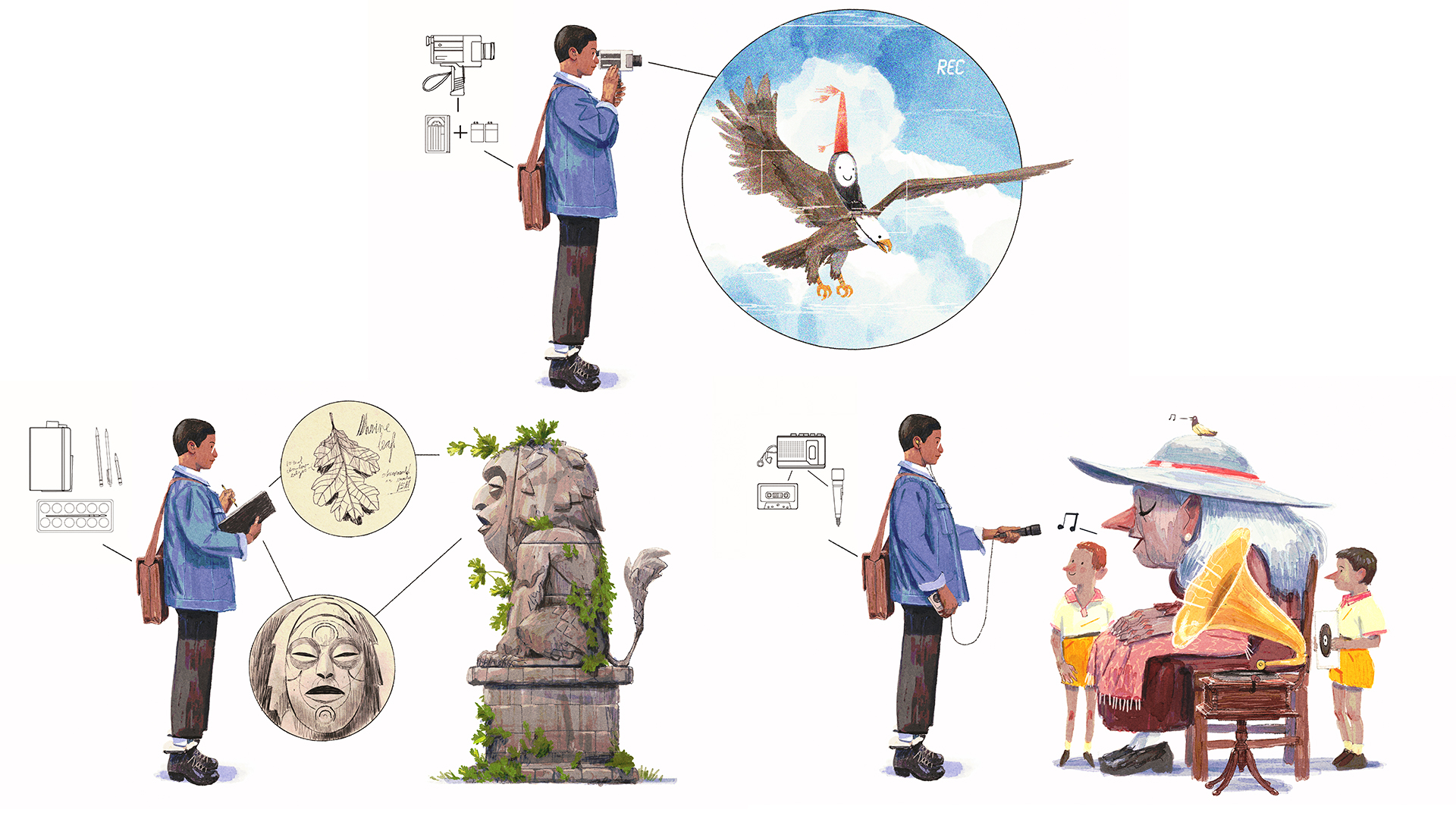
Season is an escape from the world you know into a place familiar and strange. Equipped with a bicycle and your bag of documentation tools, you will set off into this world, choosing which roads you will turn down and pausing for anything that sparks your interest. This is your world to discover. Choose what is important to you to record through sound clips or photography.
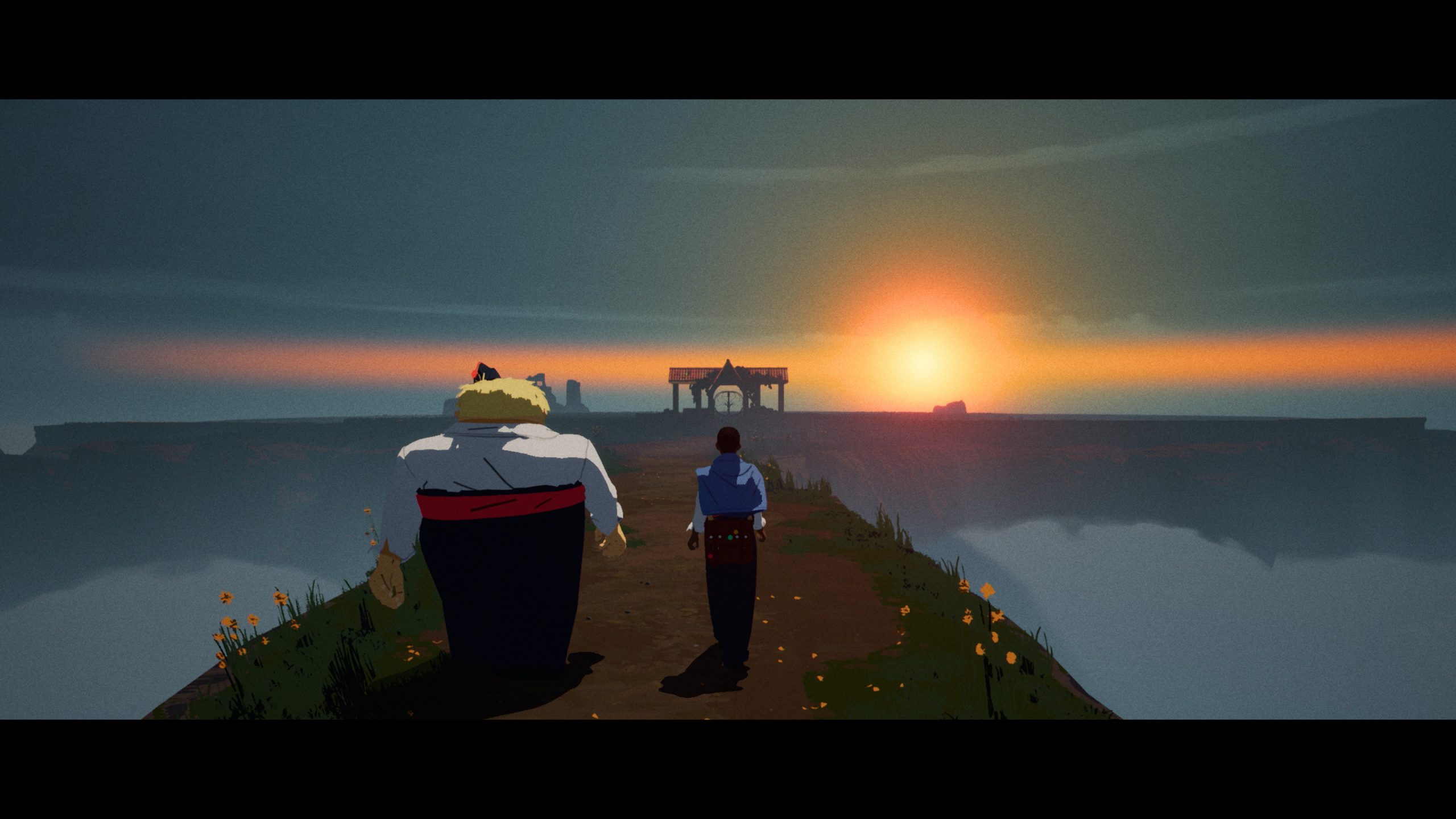
The mission is similar to making a time capsule, deciding what would capture the spirit of the time period and carry it onwards. It’s a strong action to perform in the face of an uncertain future. In Season, the mood is warm and melancholic. It’s a world at the end of a golden age, where you take a bittersweet last look before it becomes a distant, faded memory.
No release date yet, we are keeping that secret for now.
We still have a lot to do before Season makes it into the hands of players, so expect lots of updates on the development process.
We wanted to take a moment to thank you all for your support during this announcement and after. Your words of encouragement echo through our digital office space, from all of us, thank you.
– Season Team
